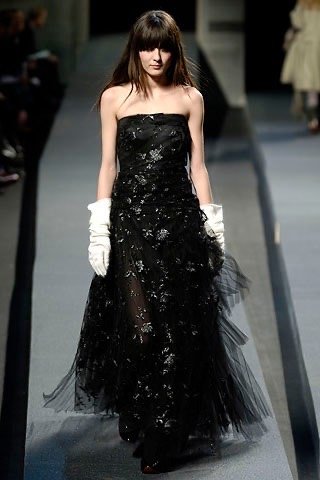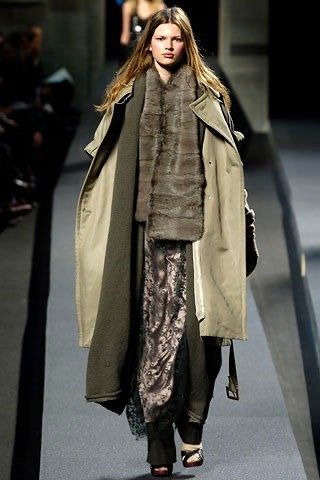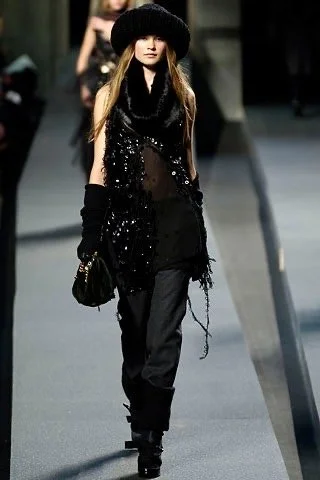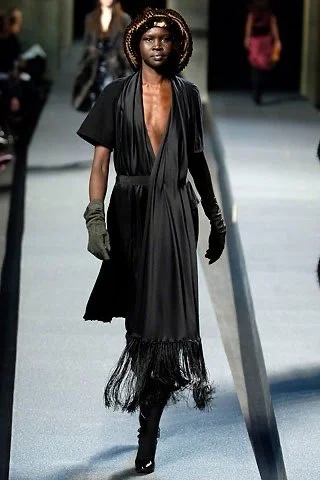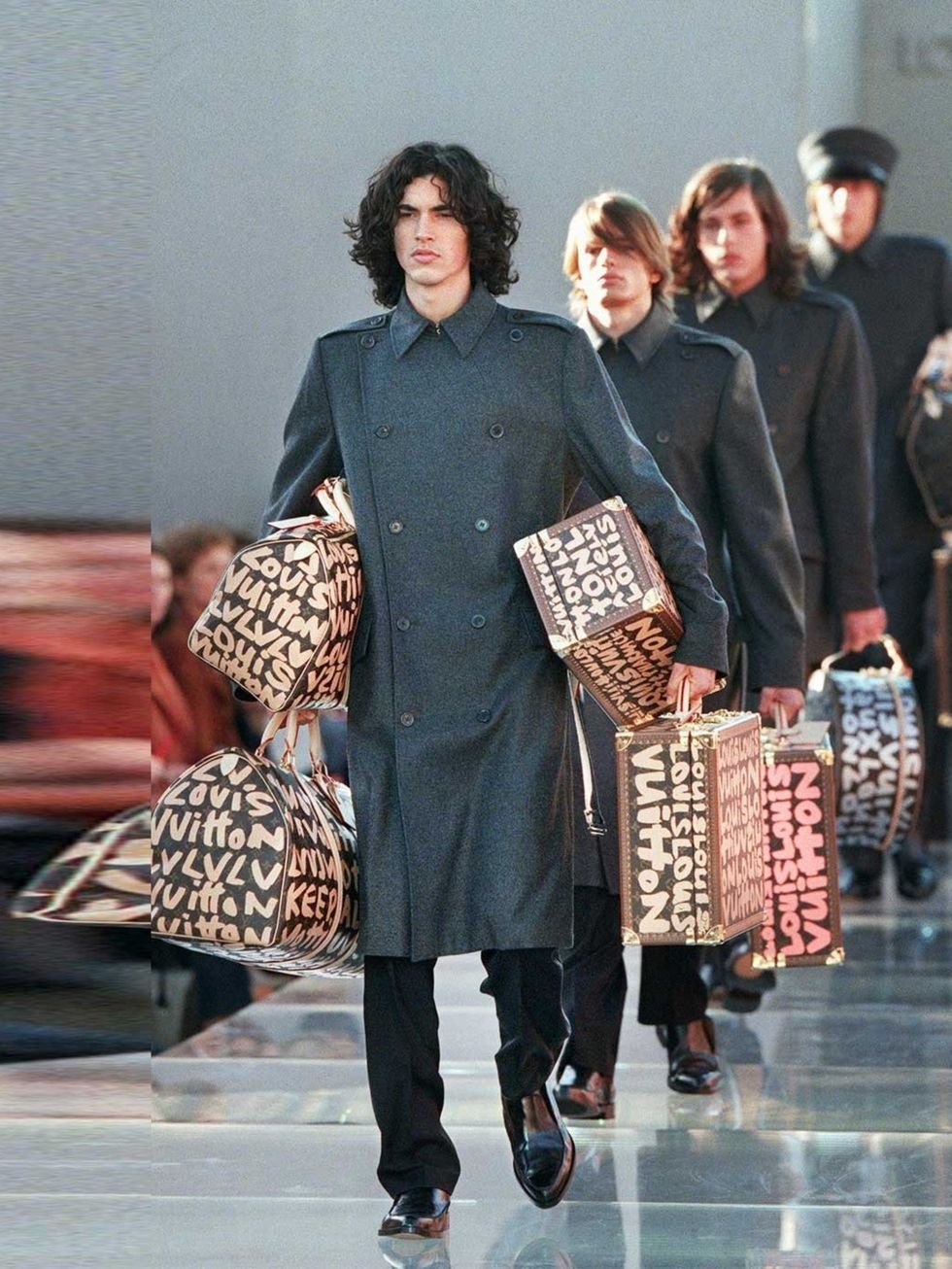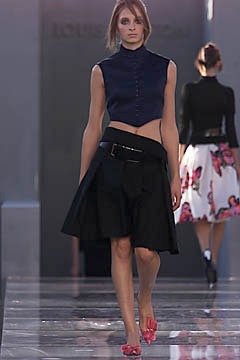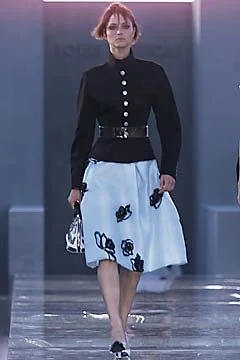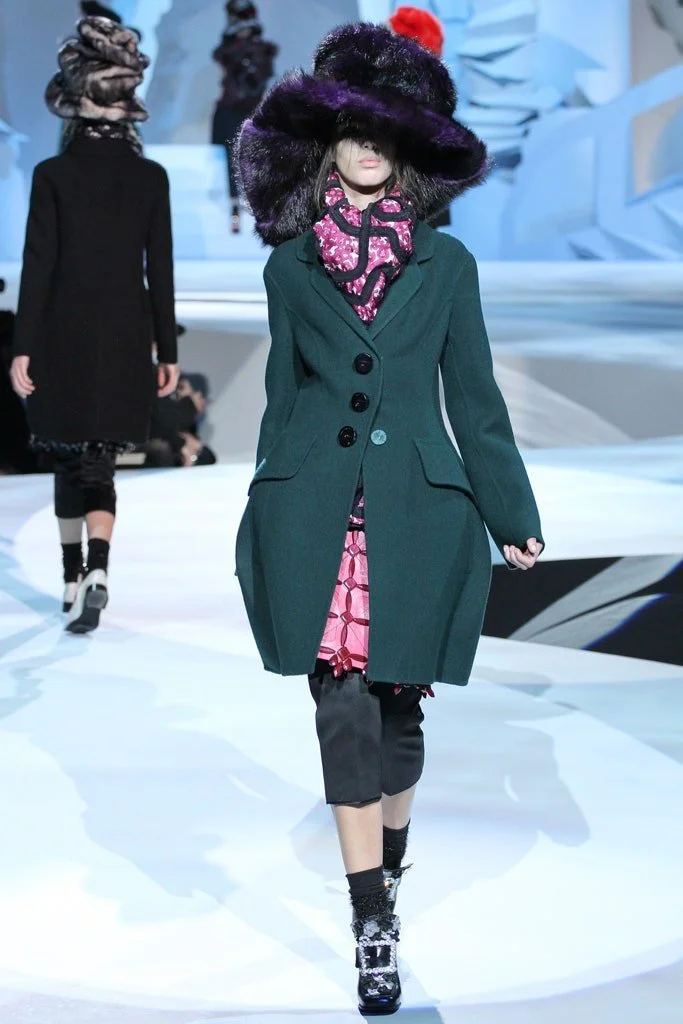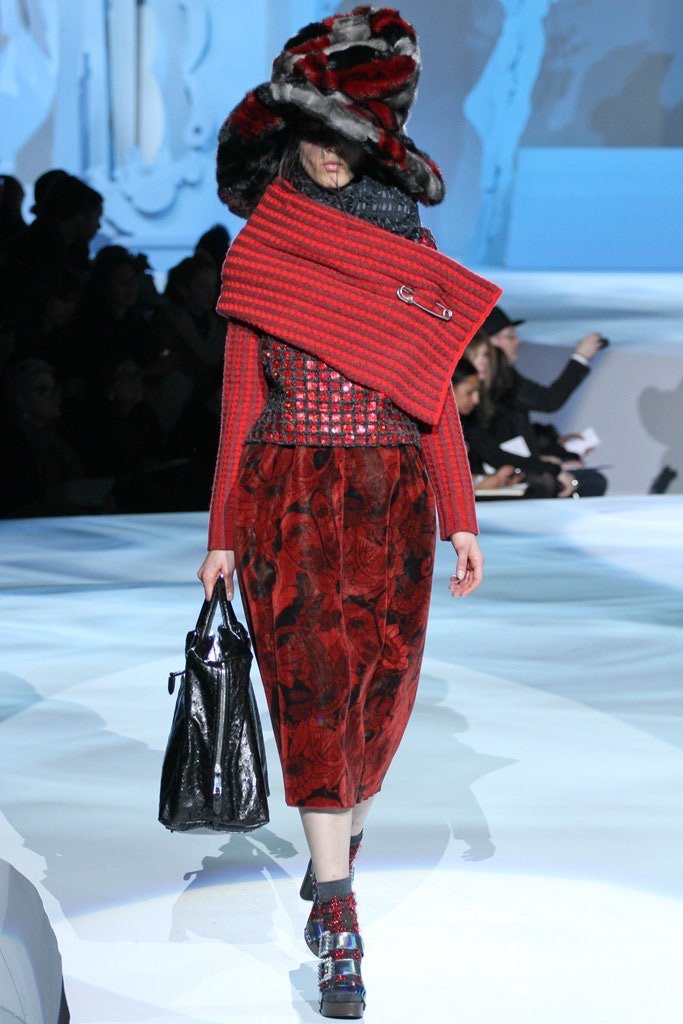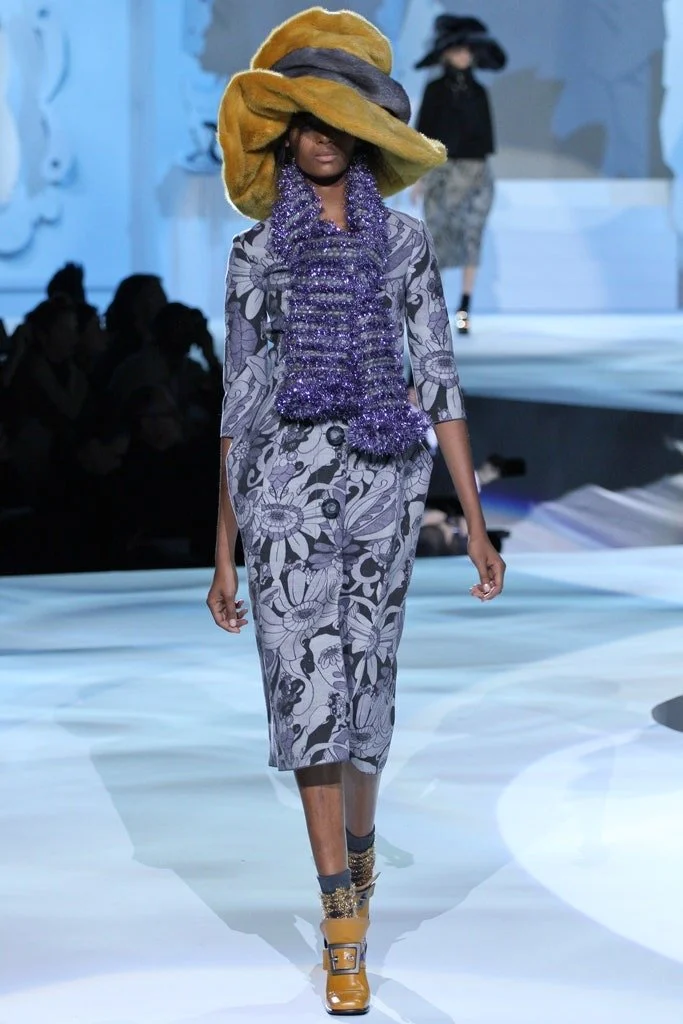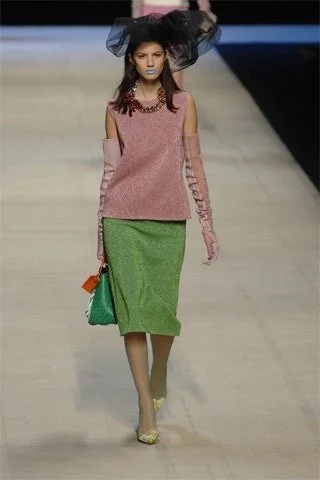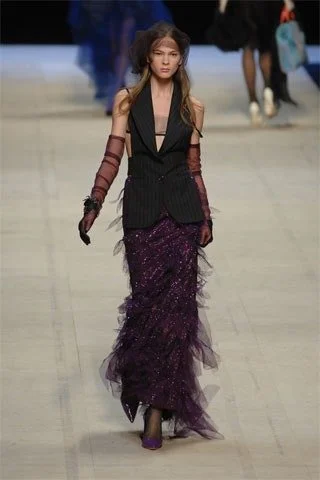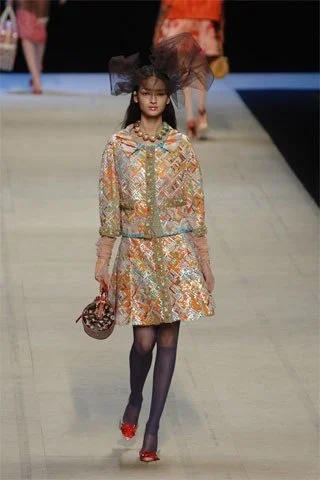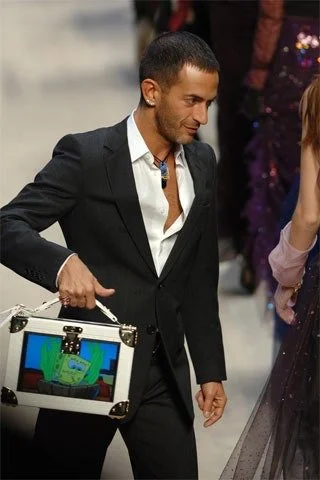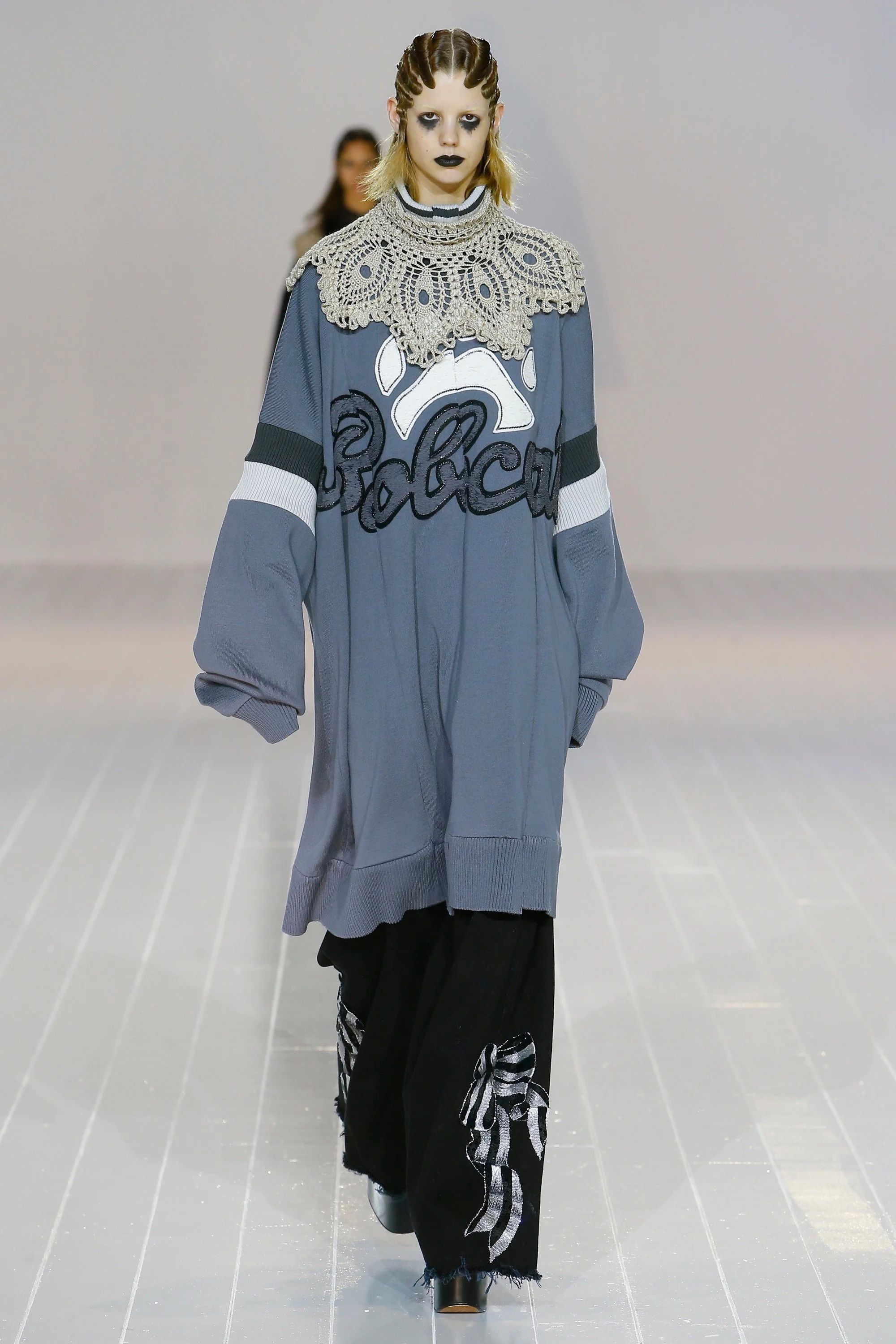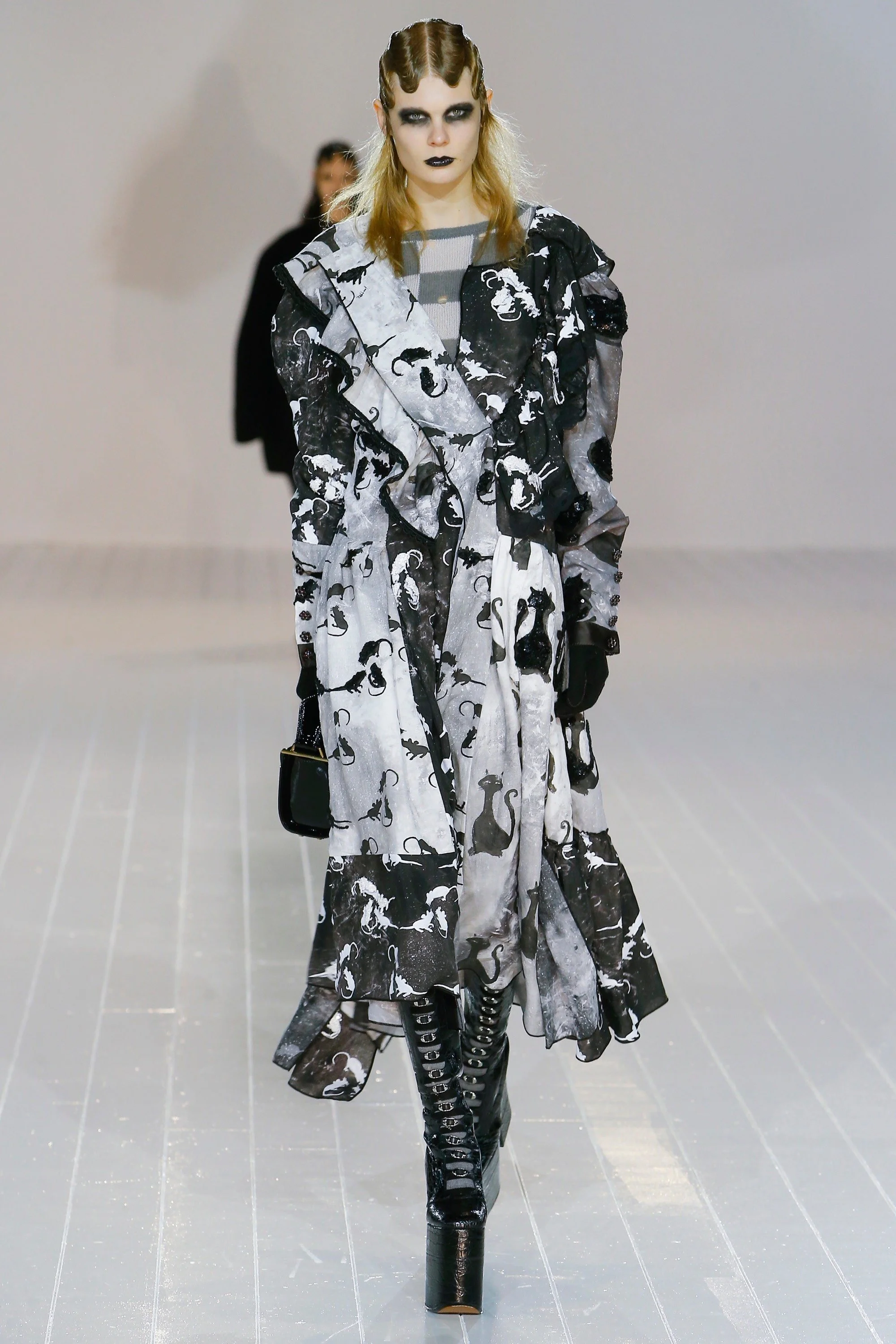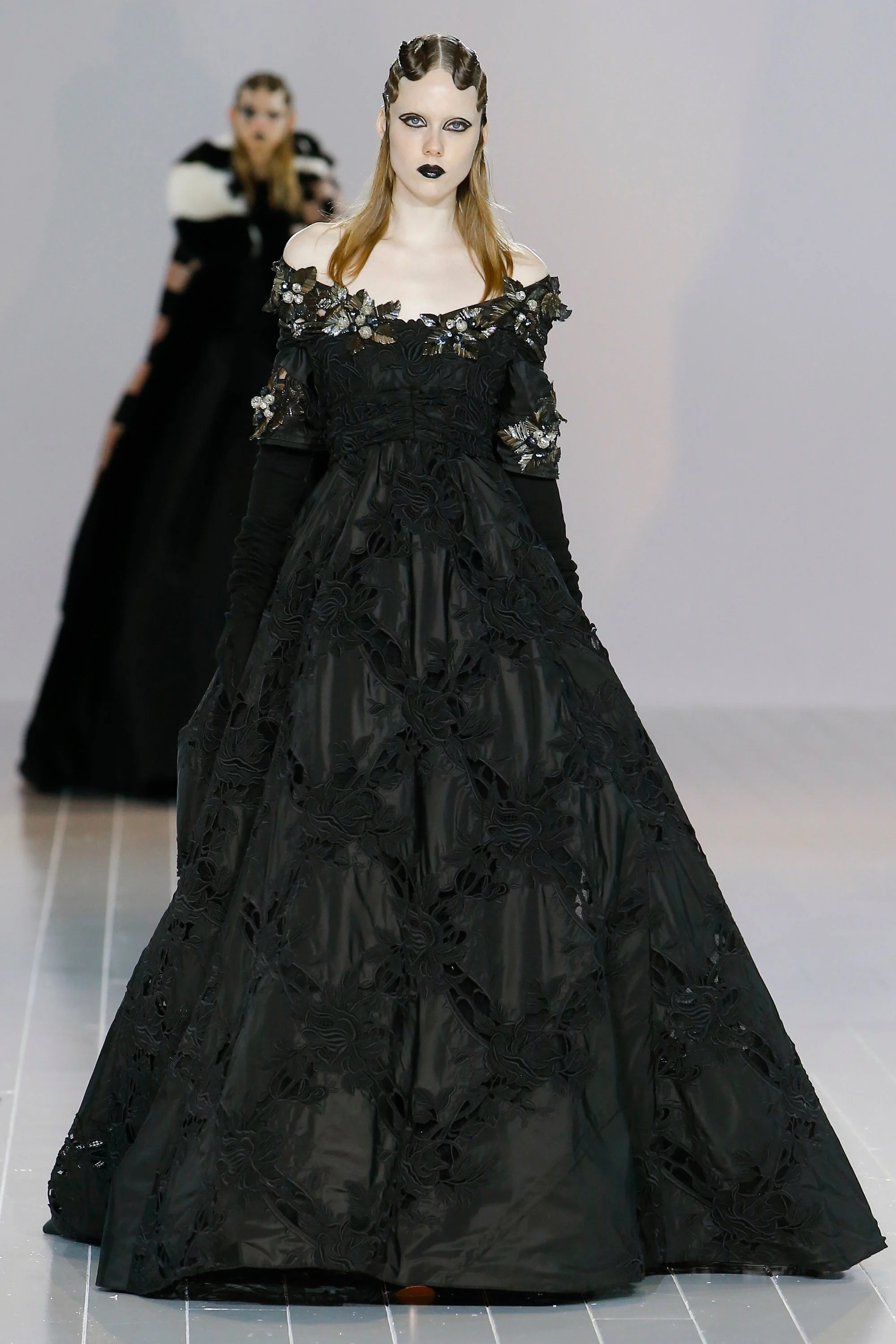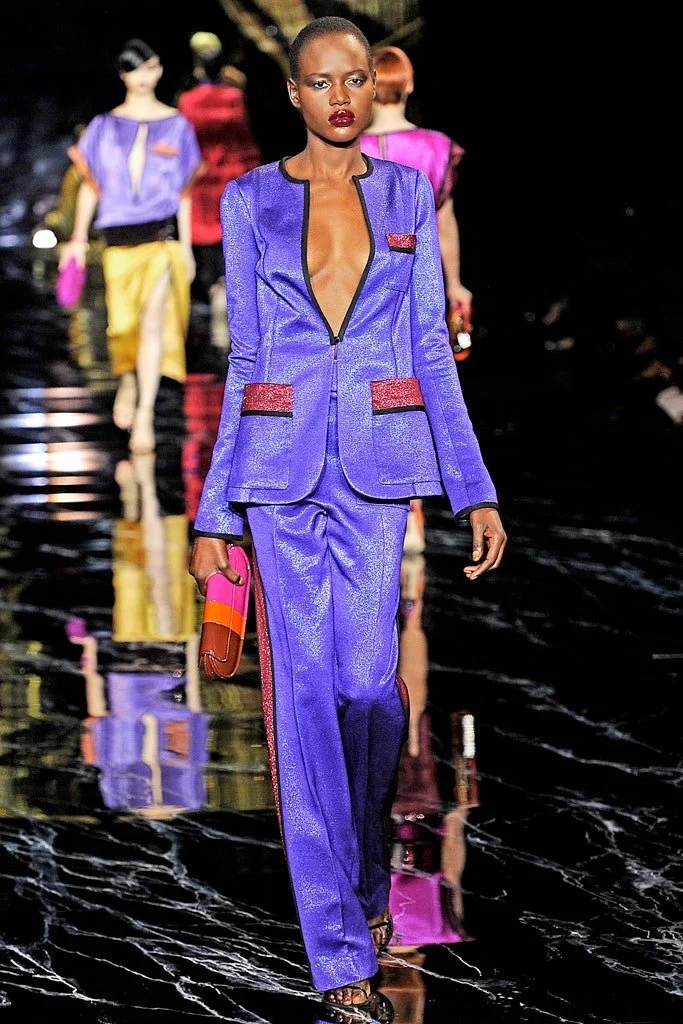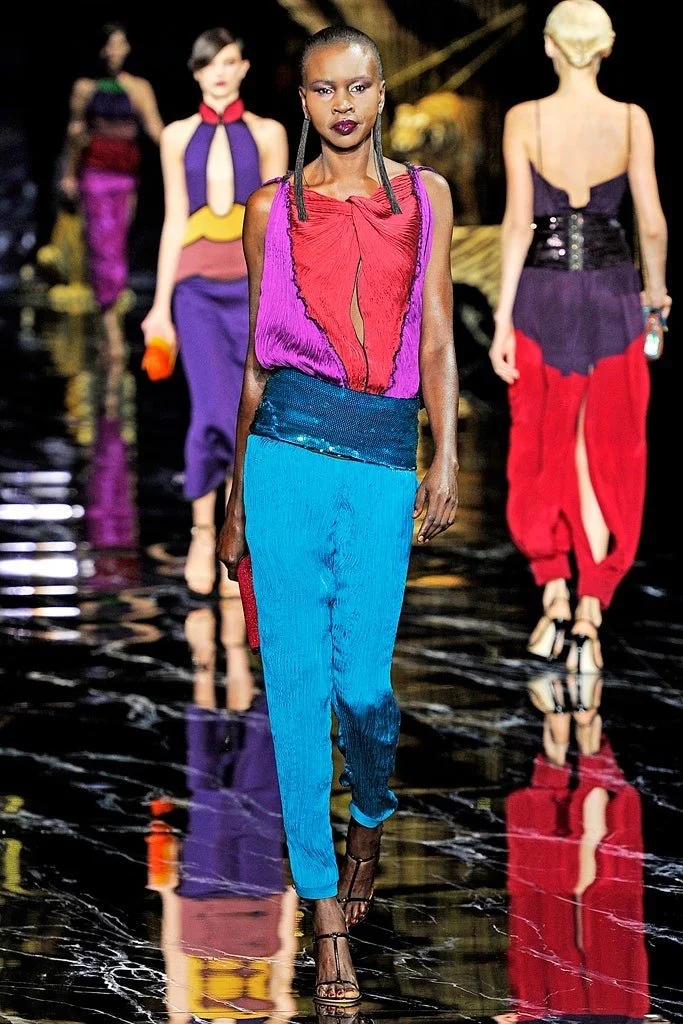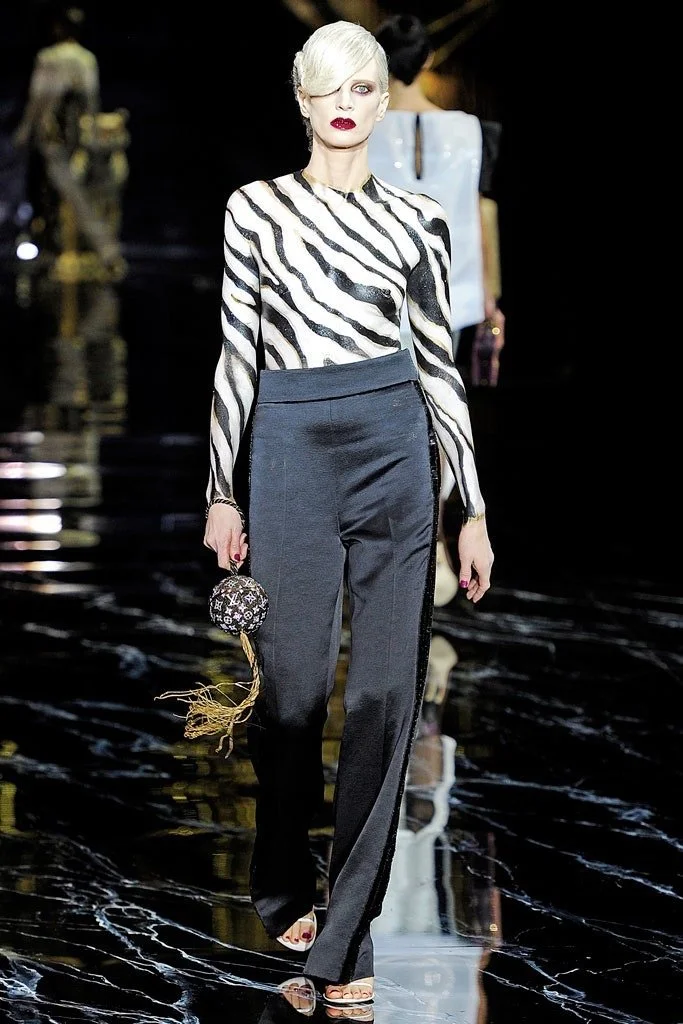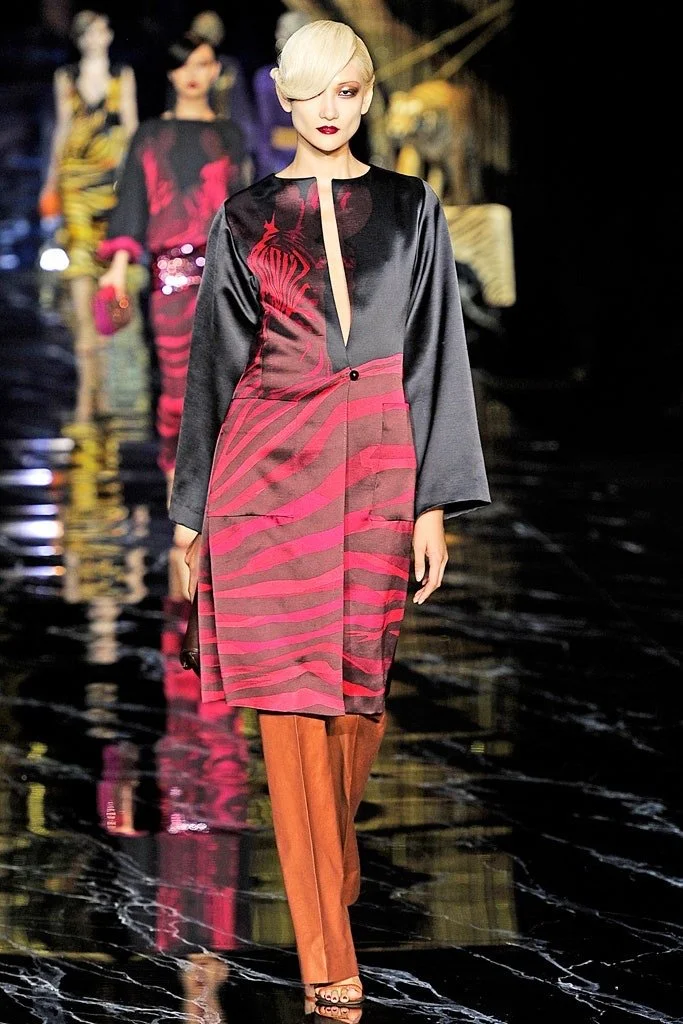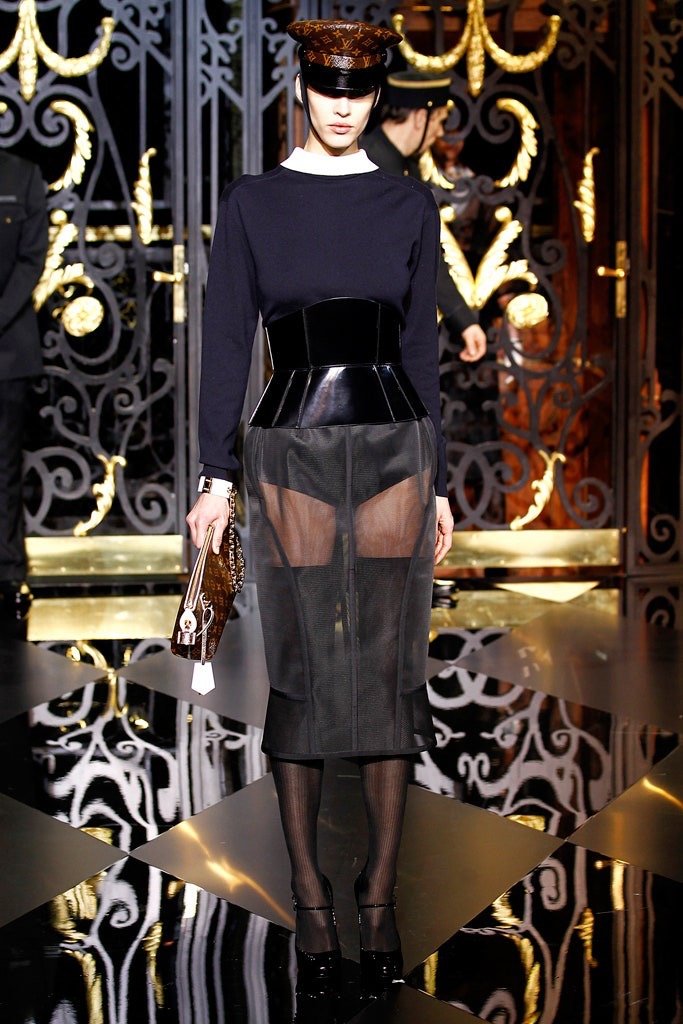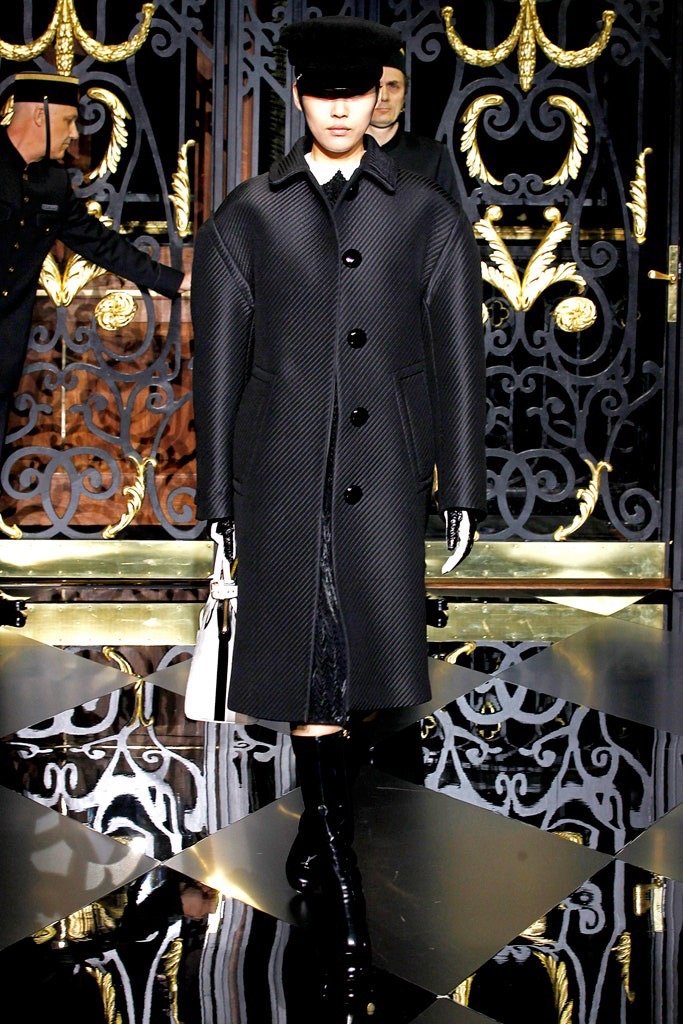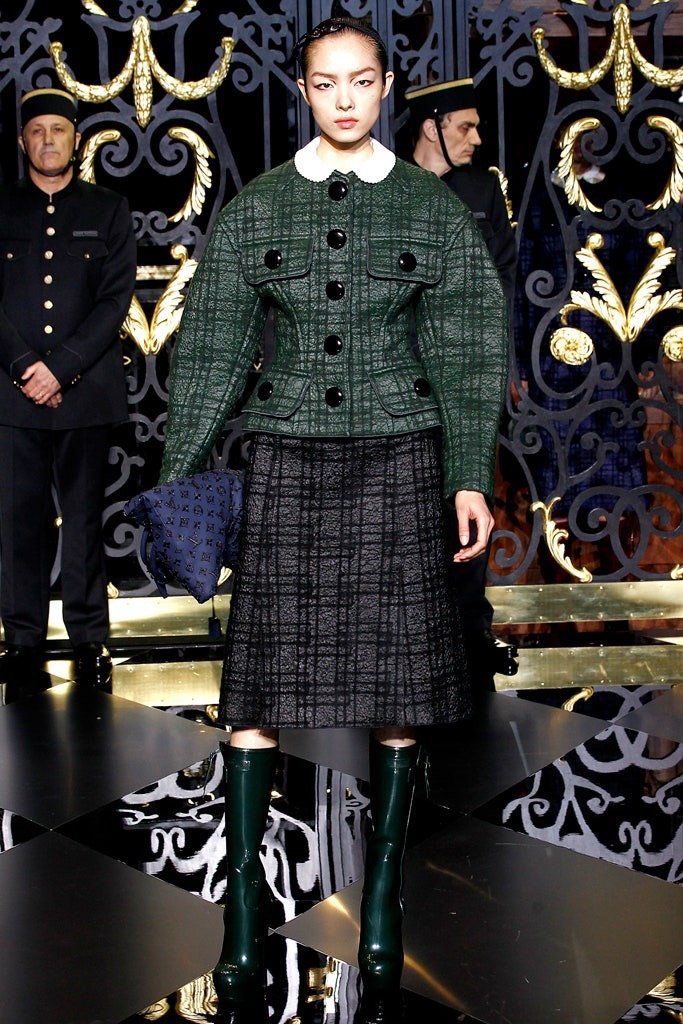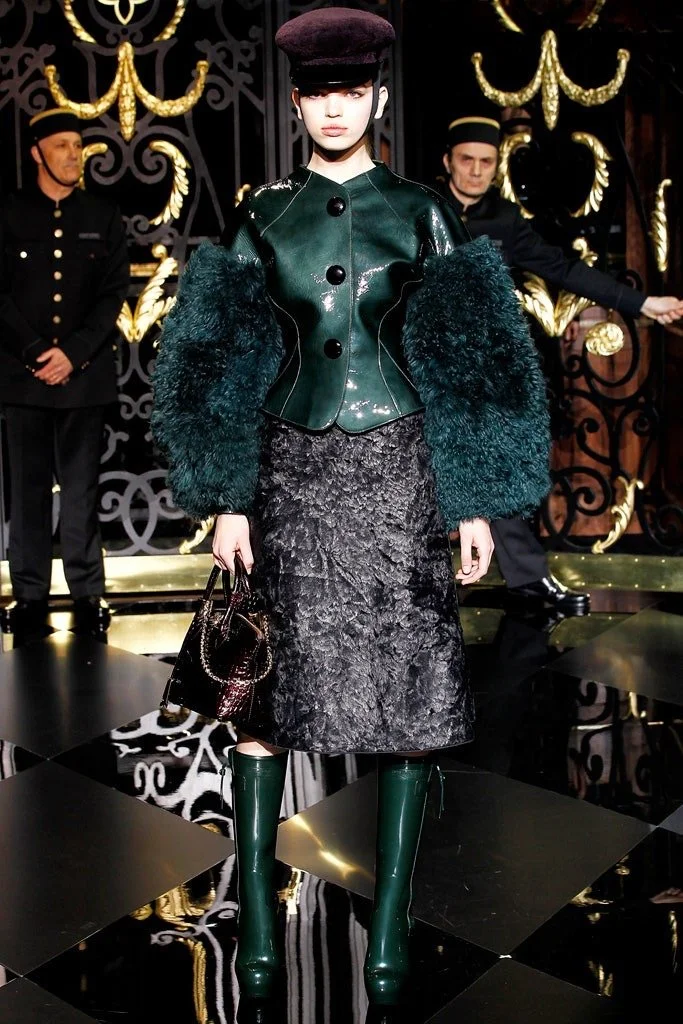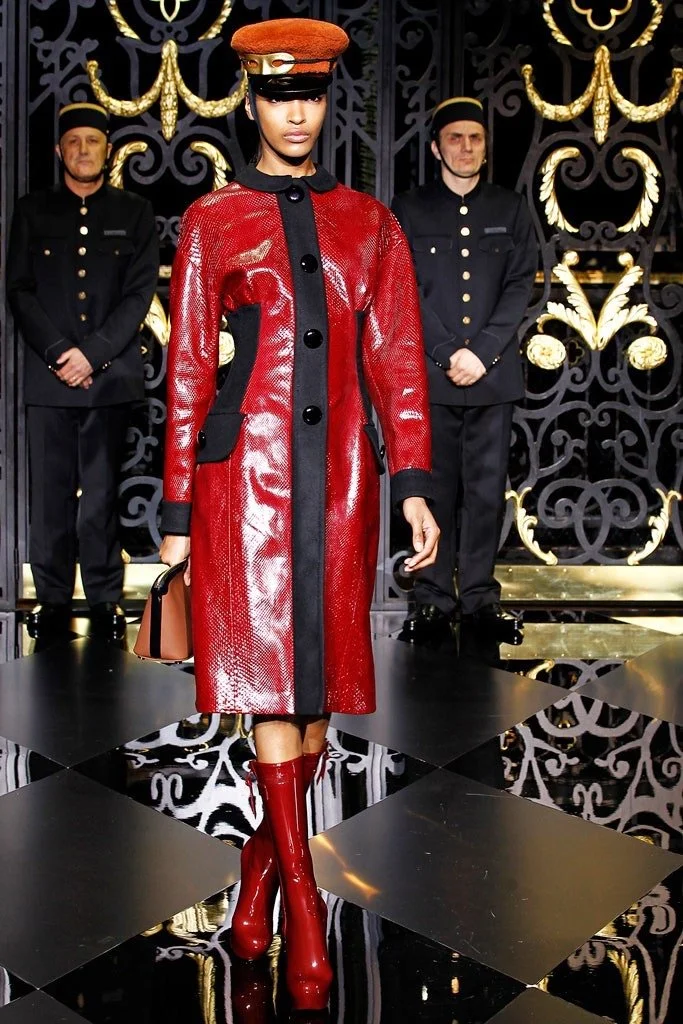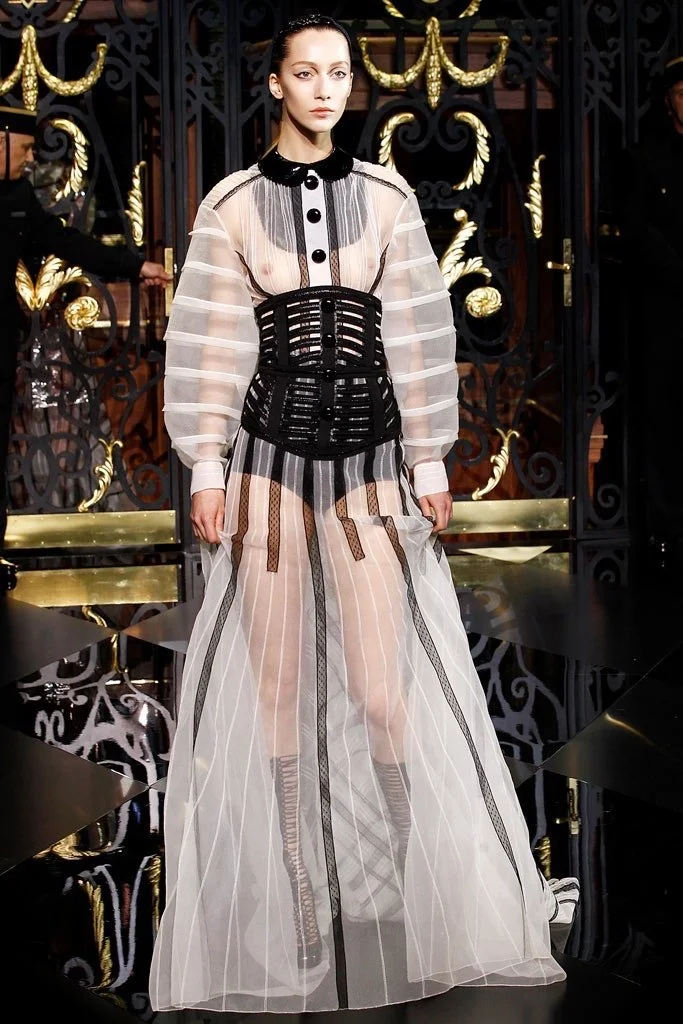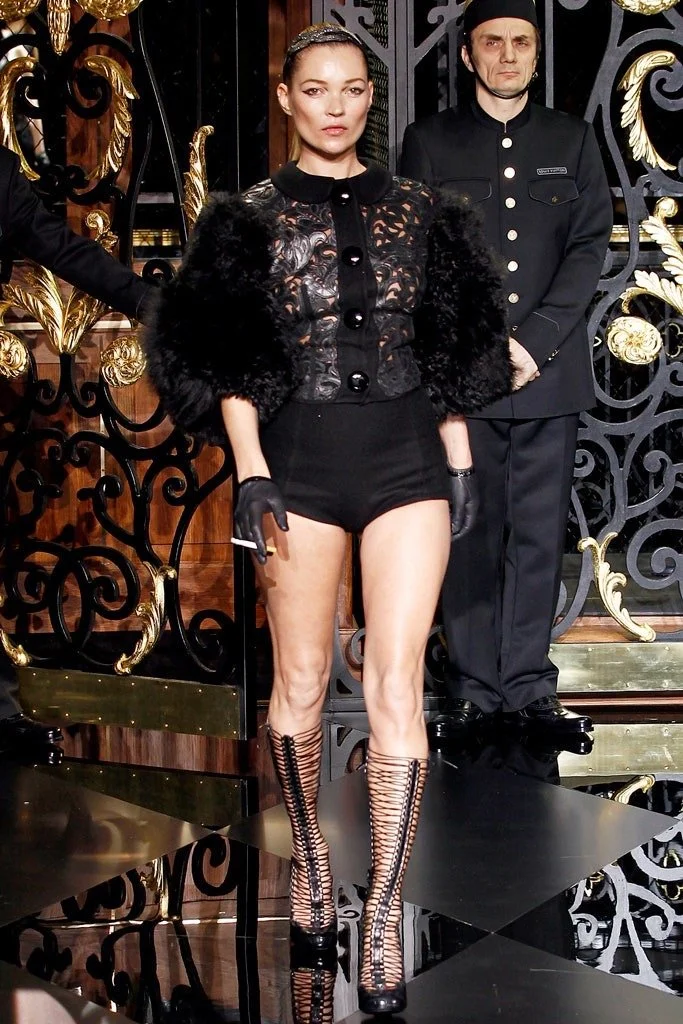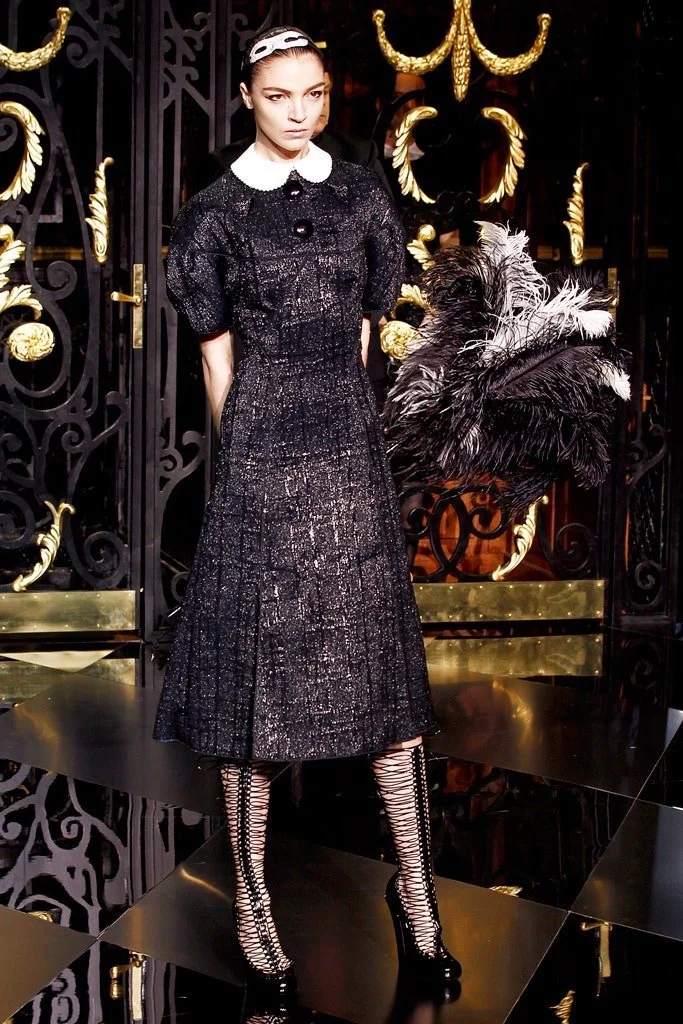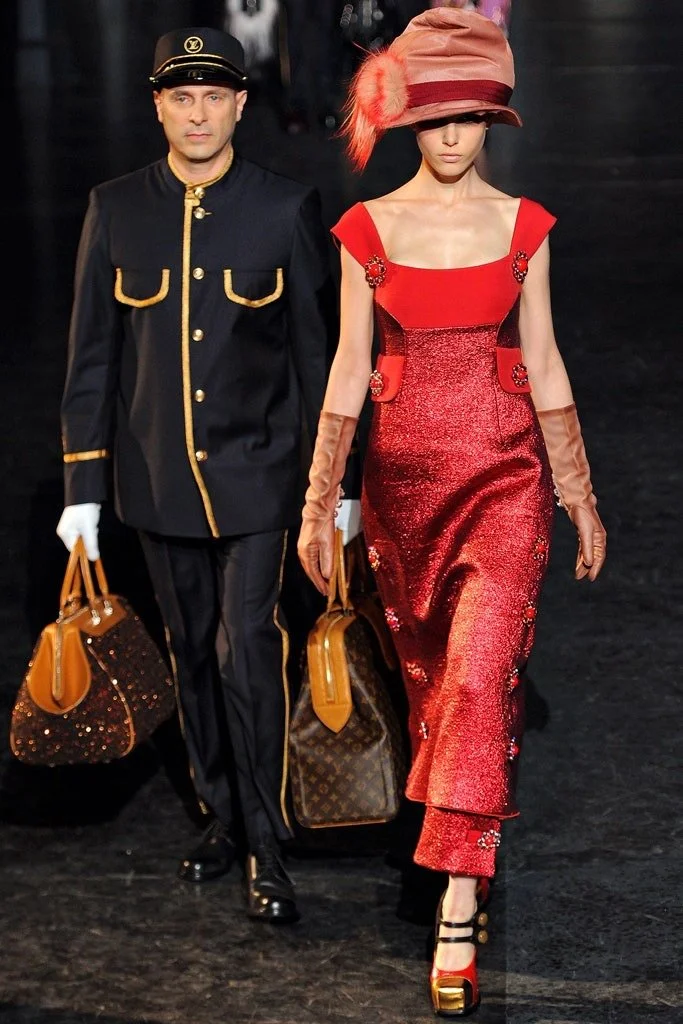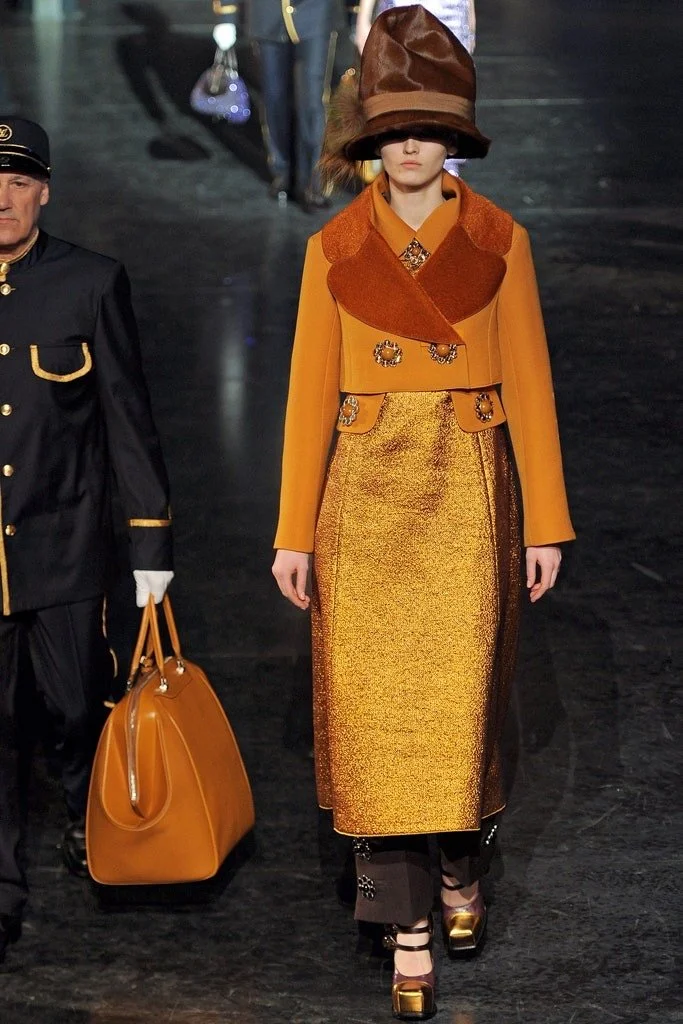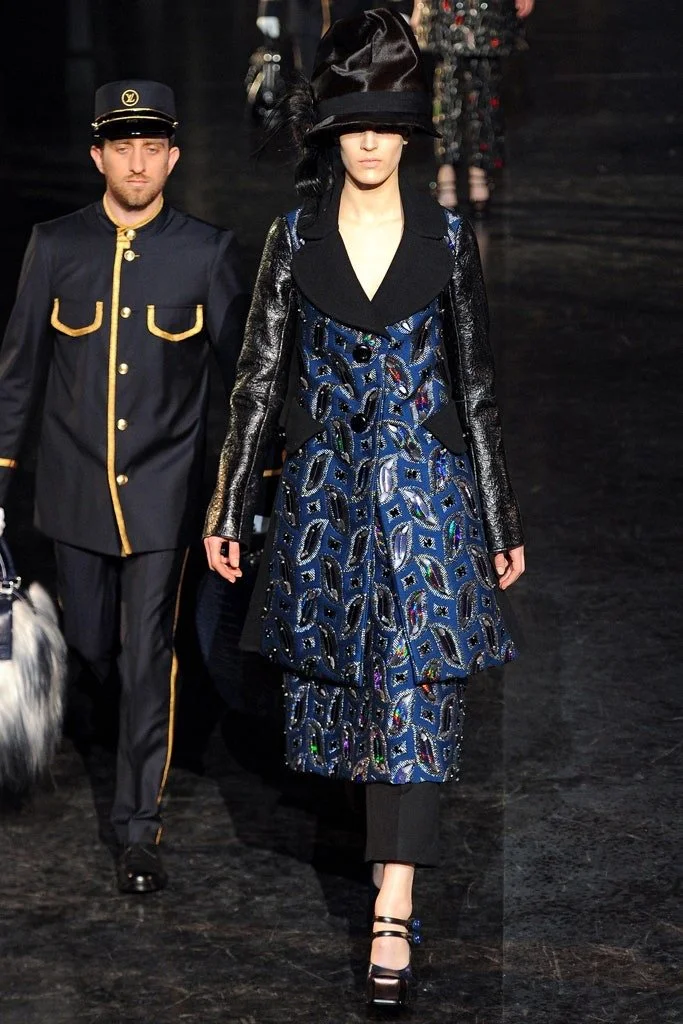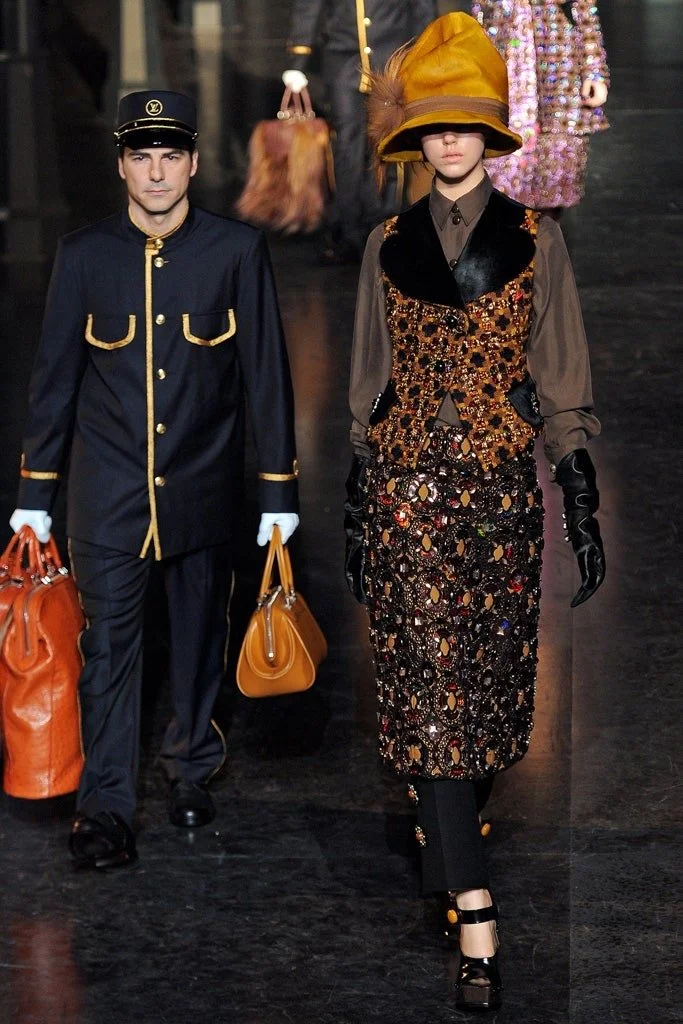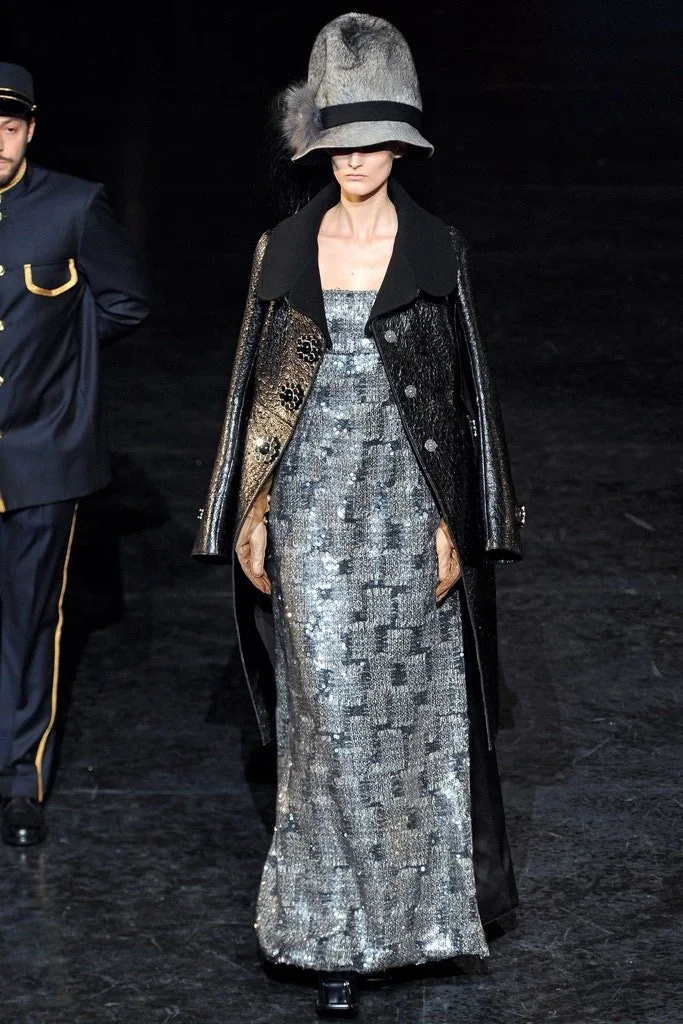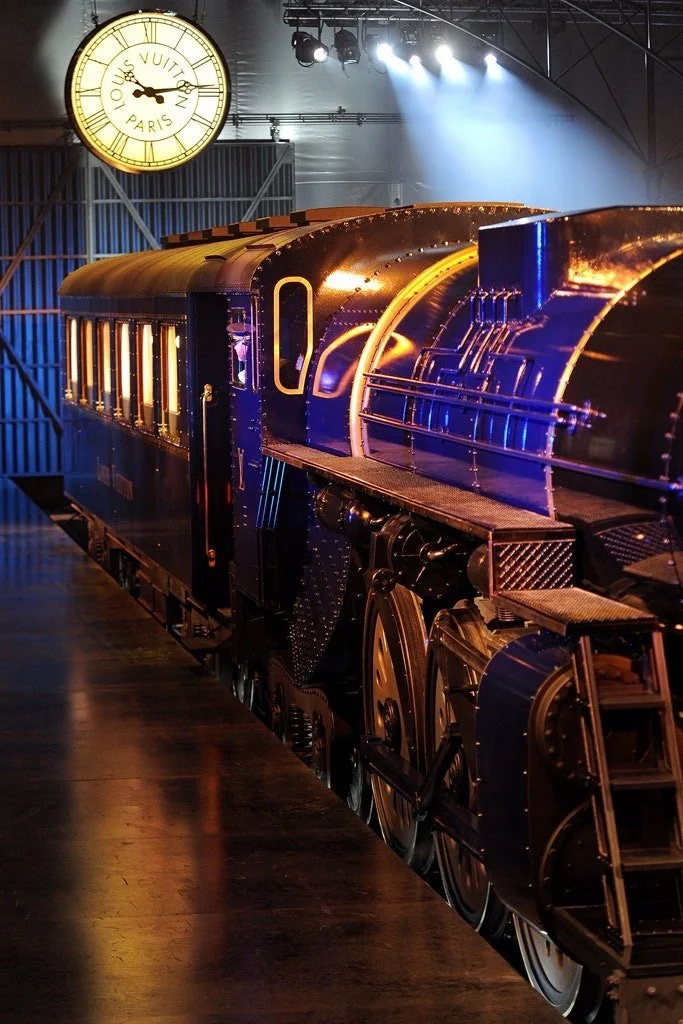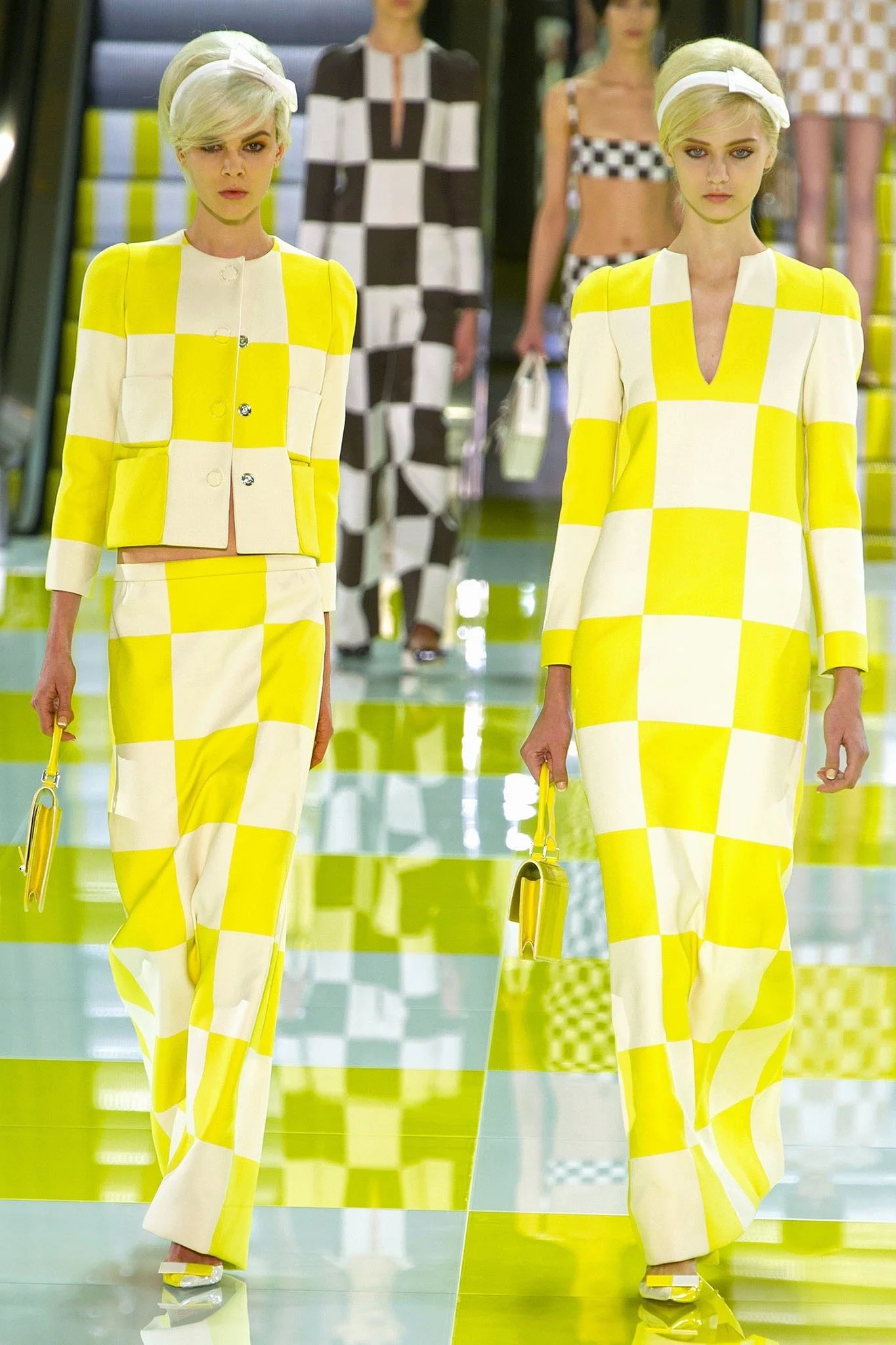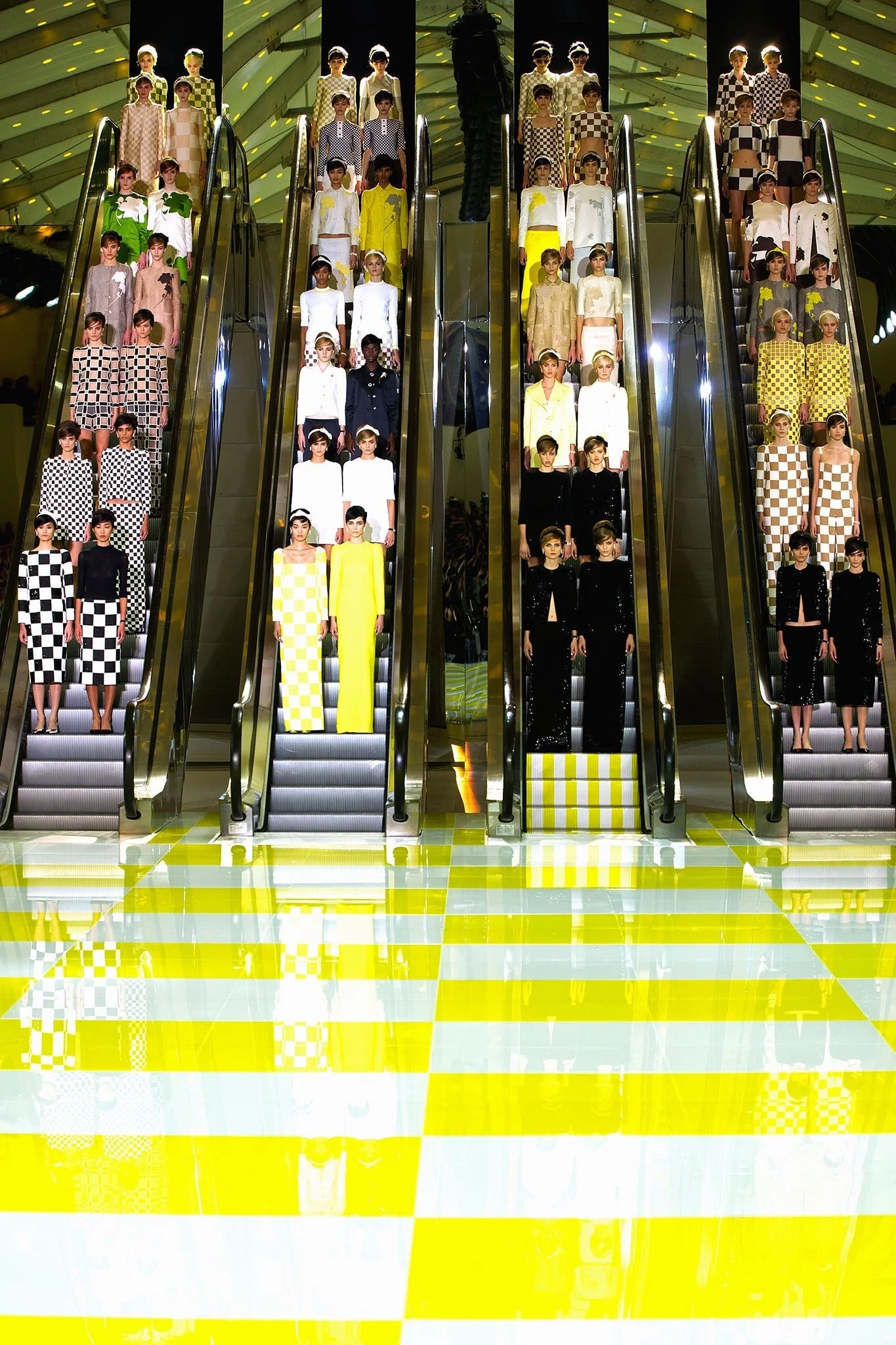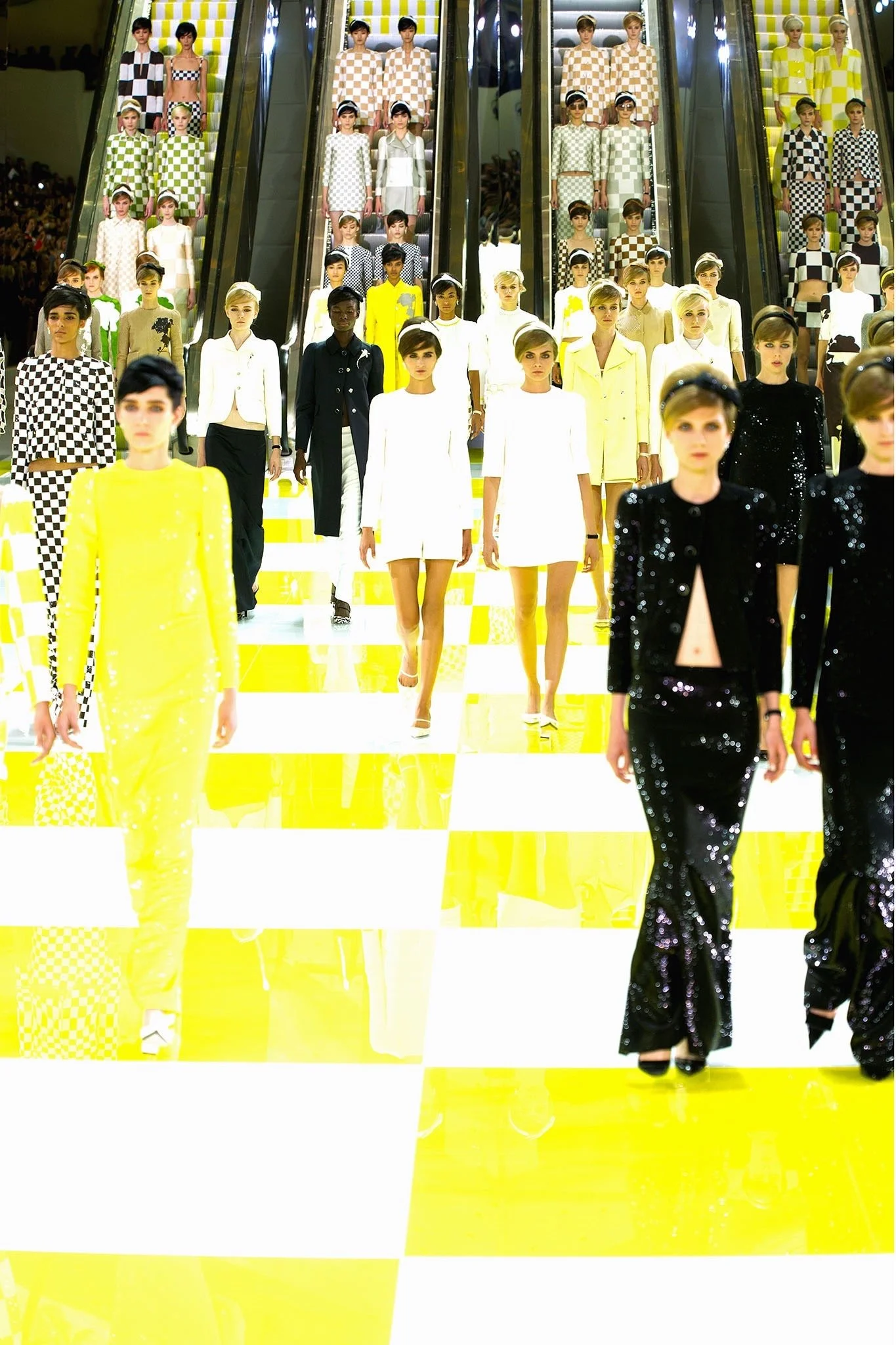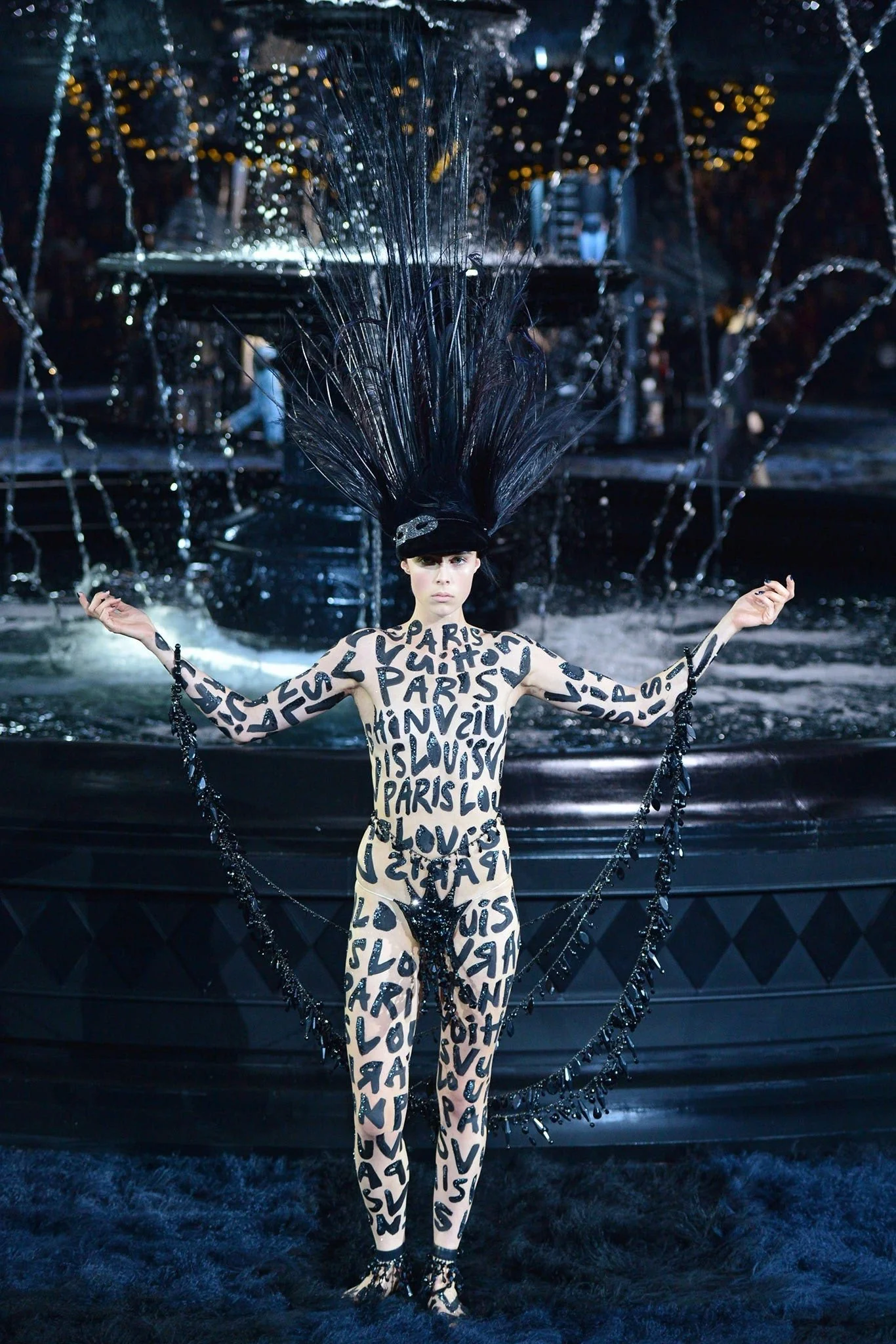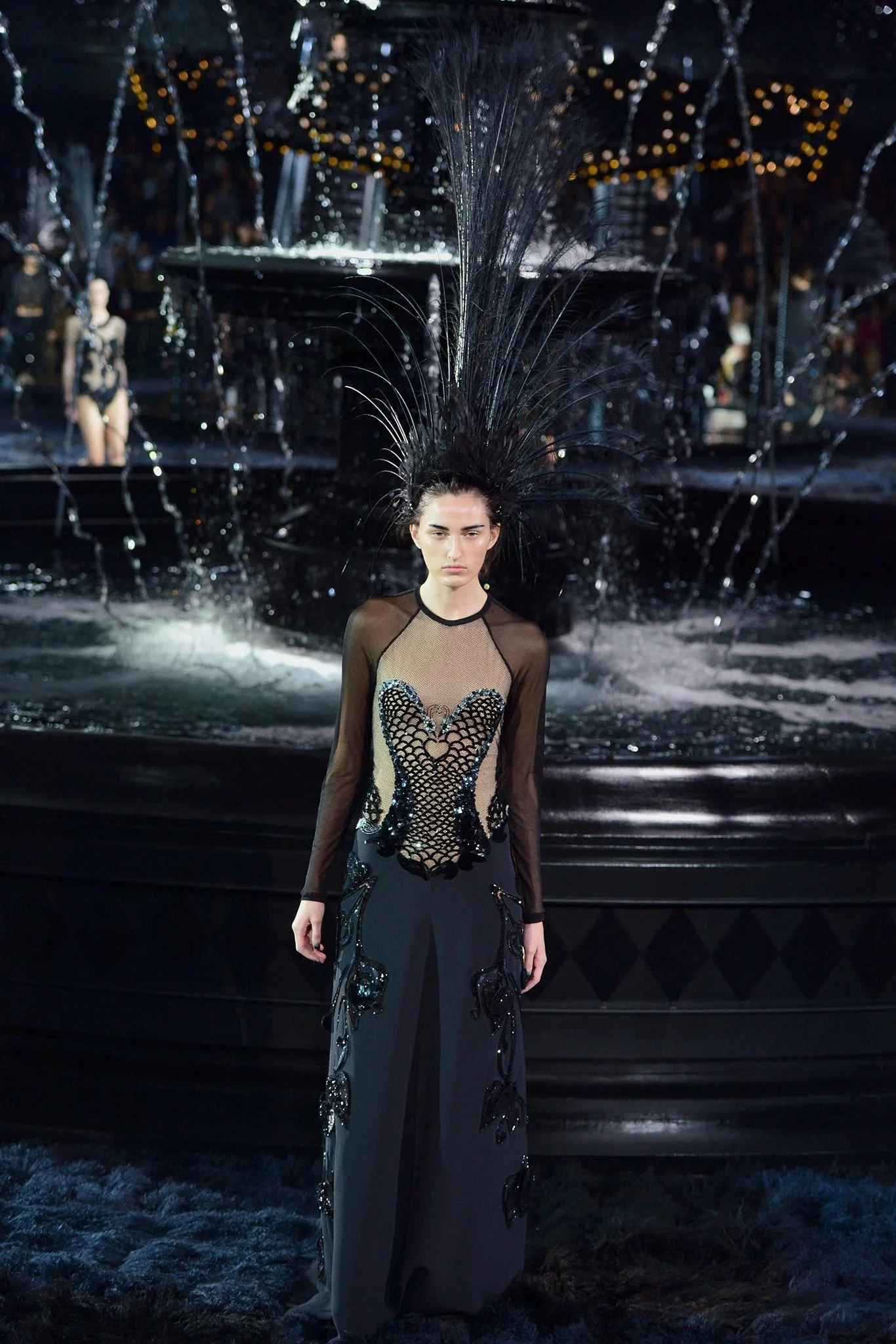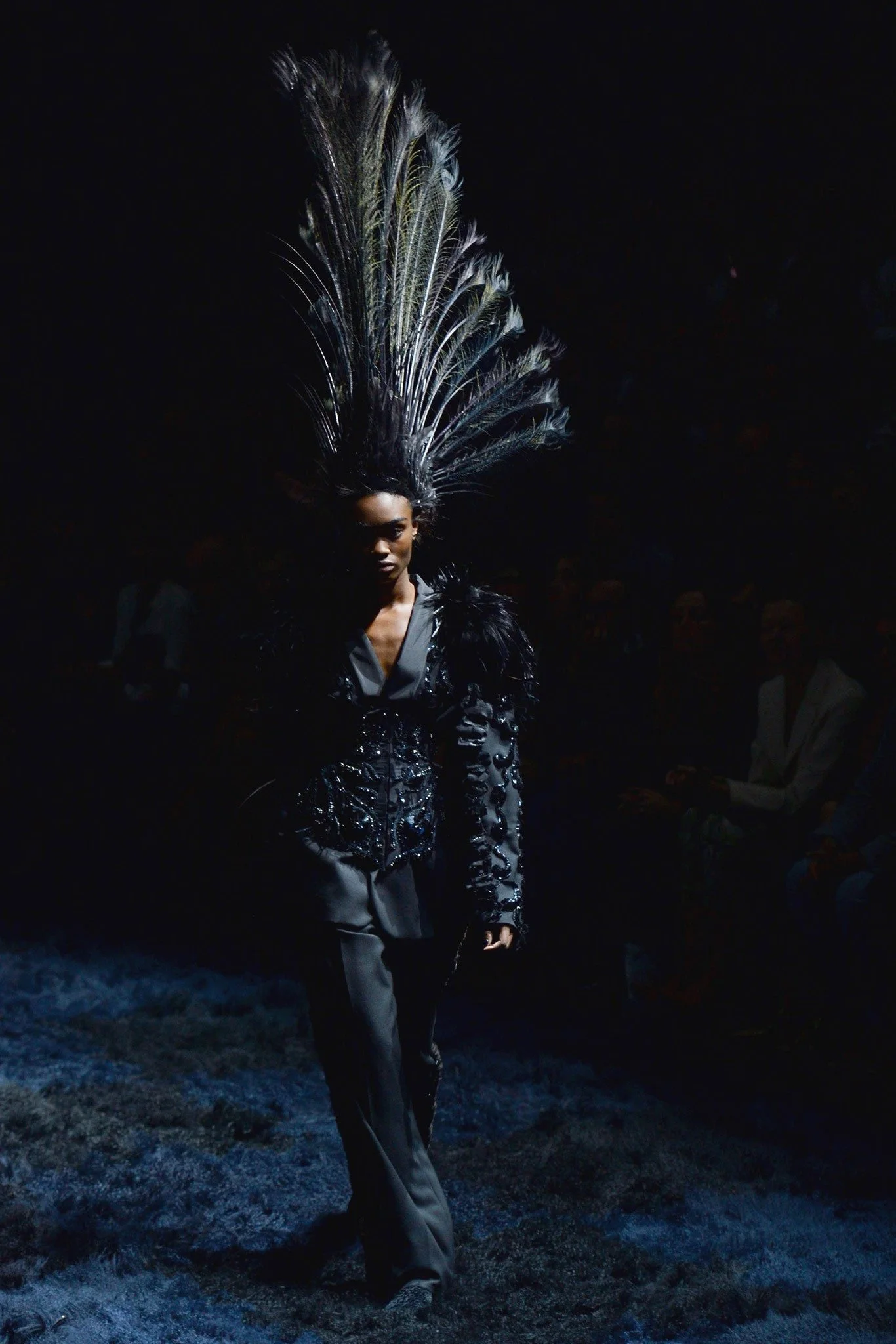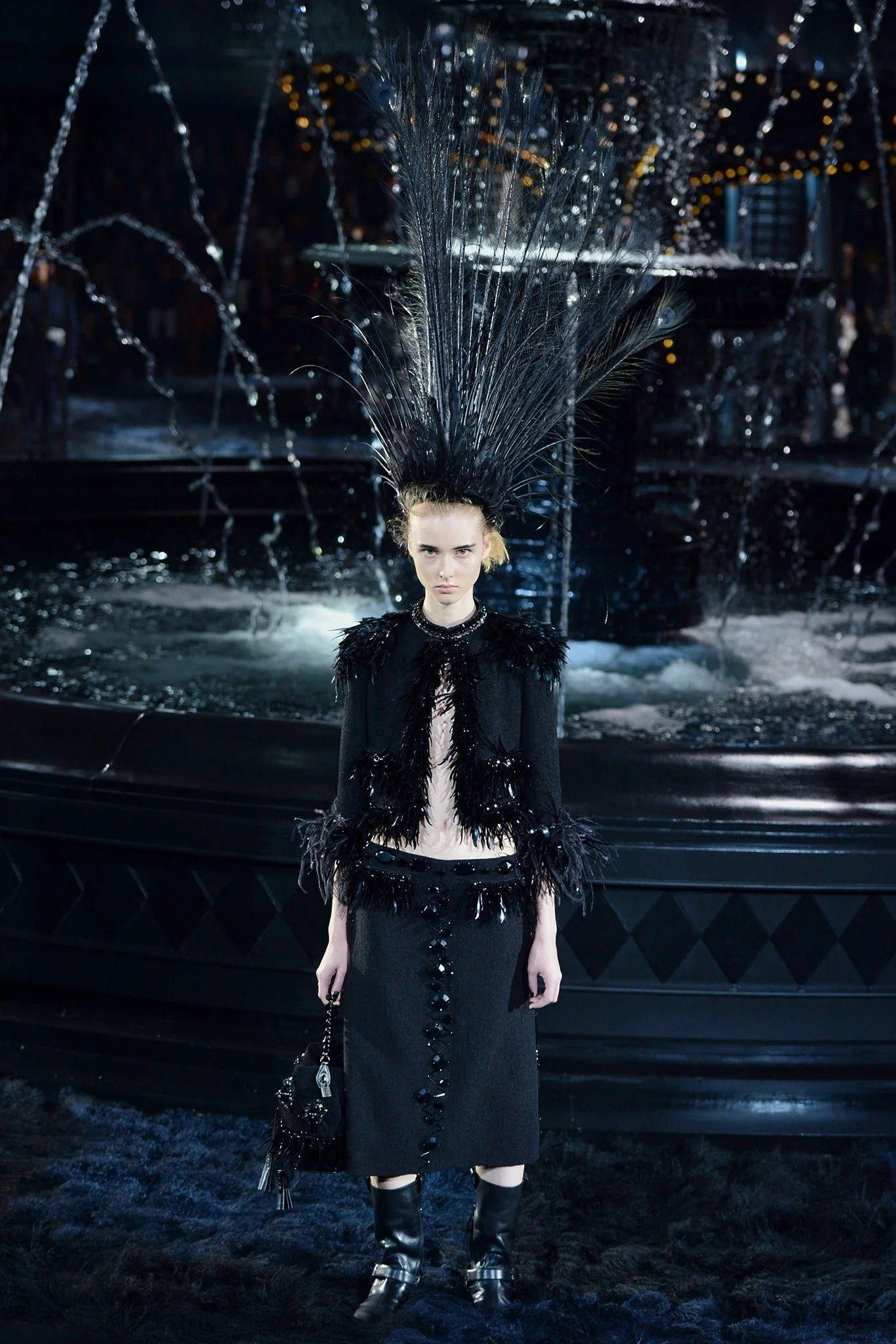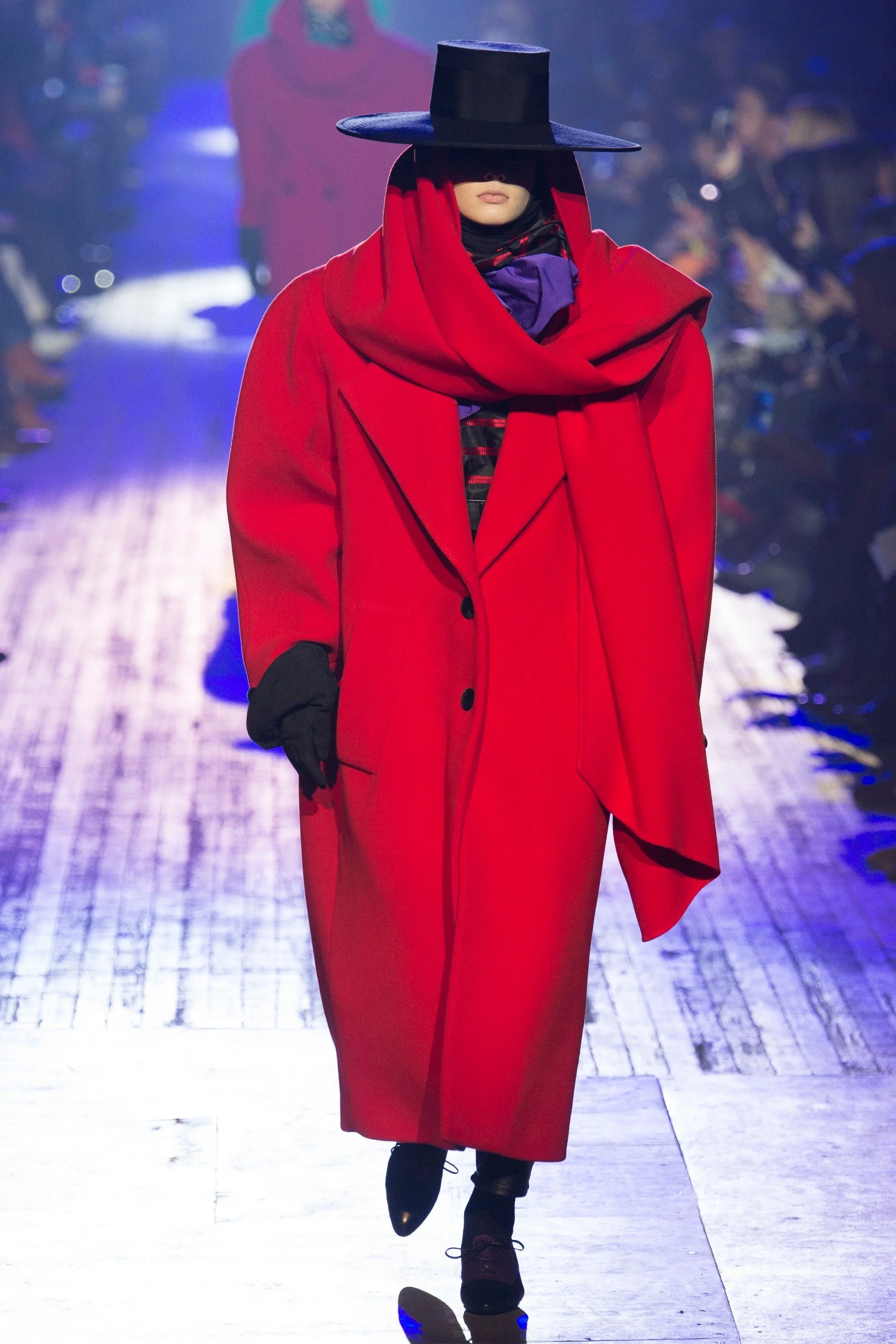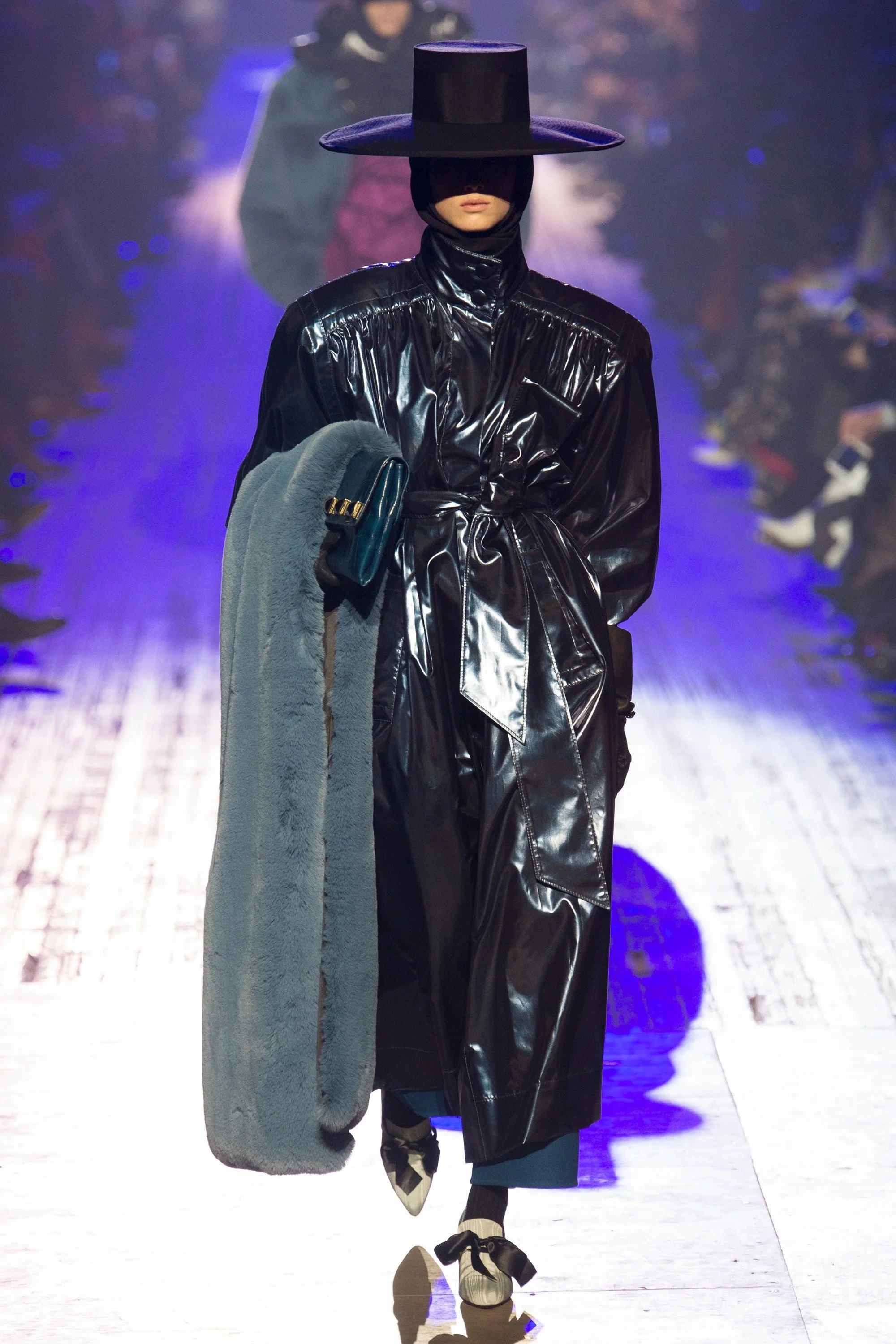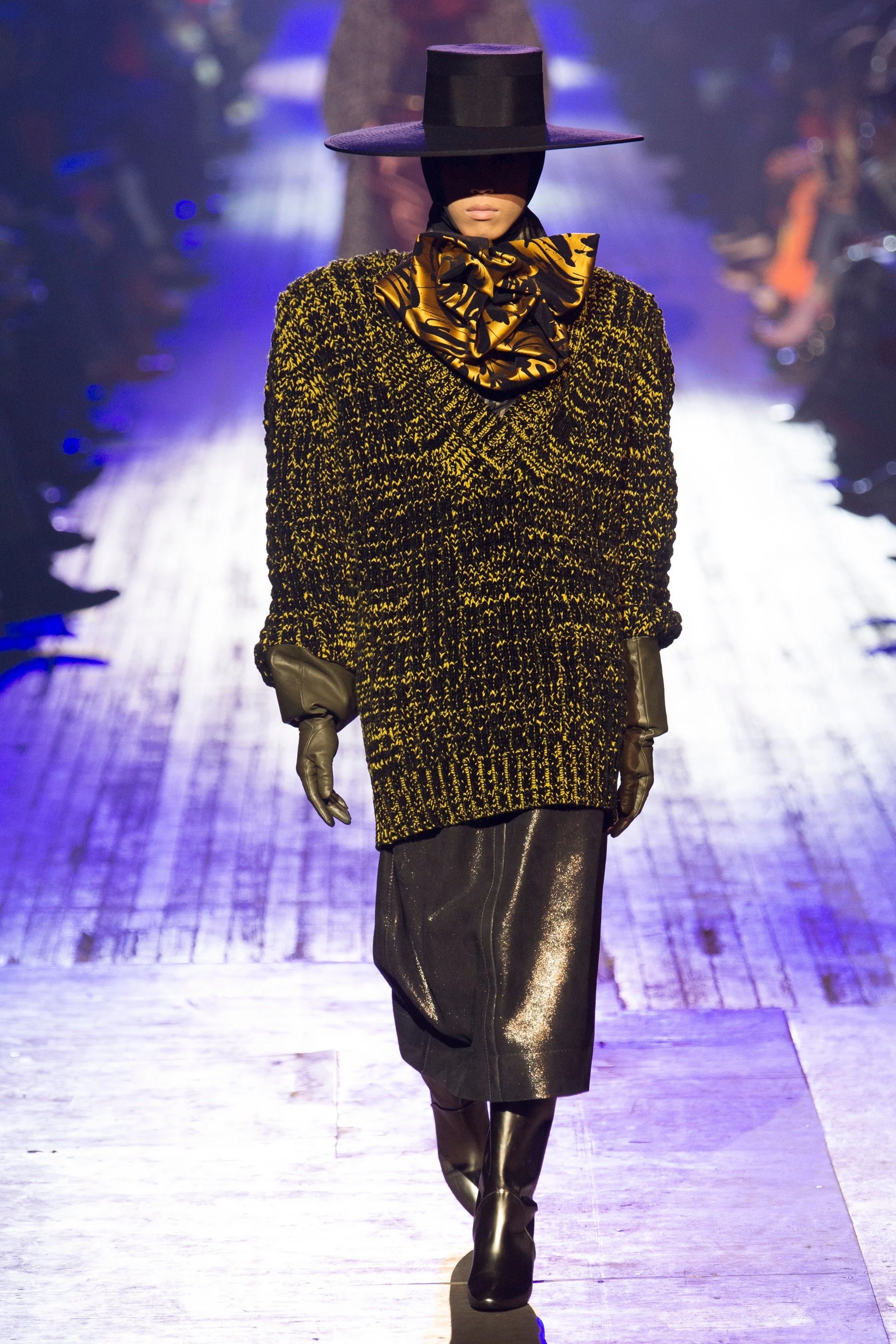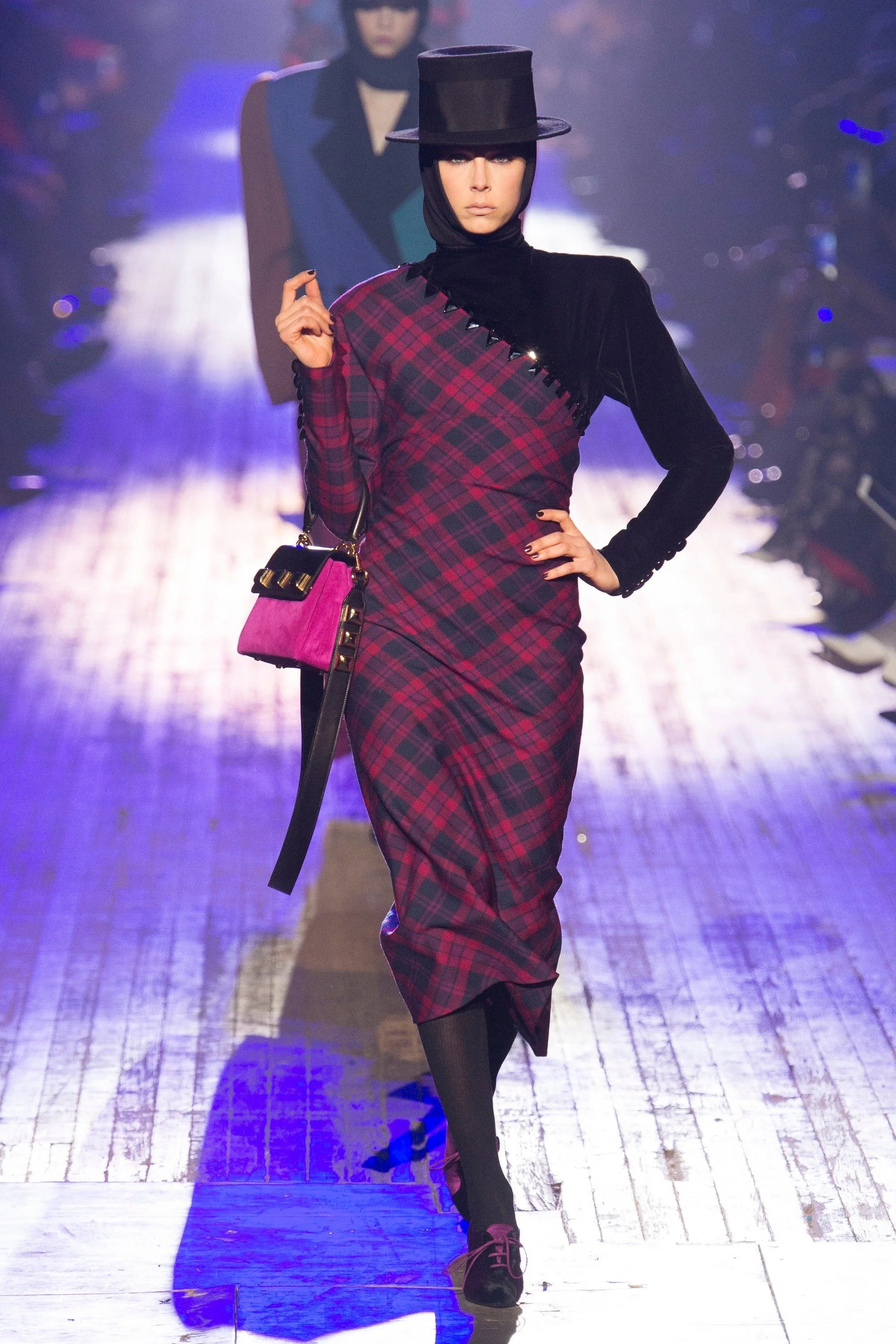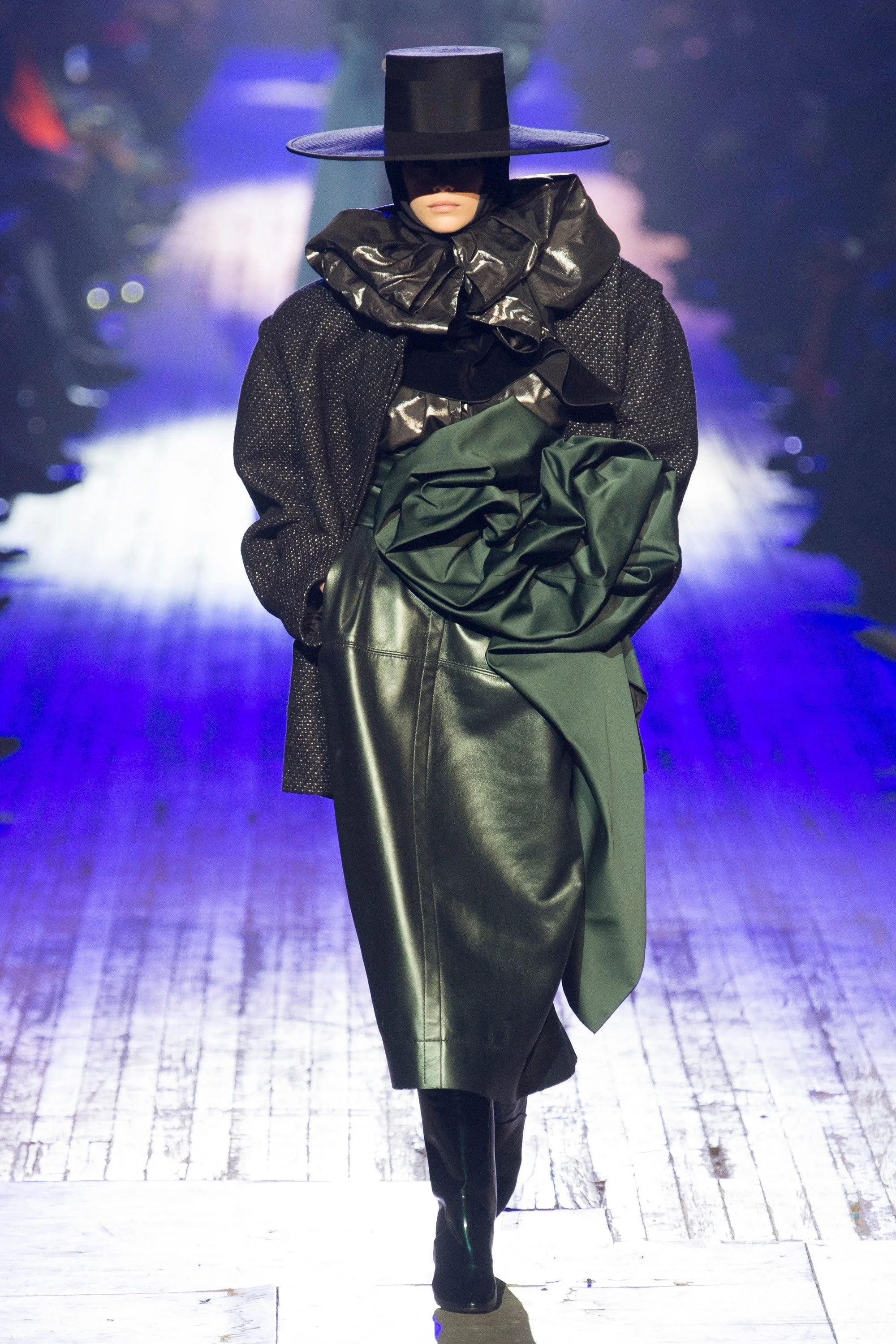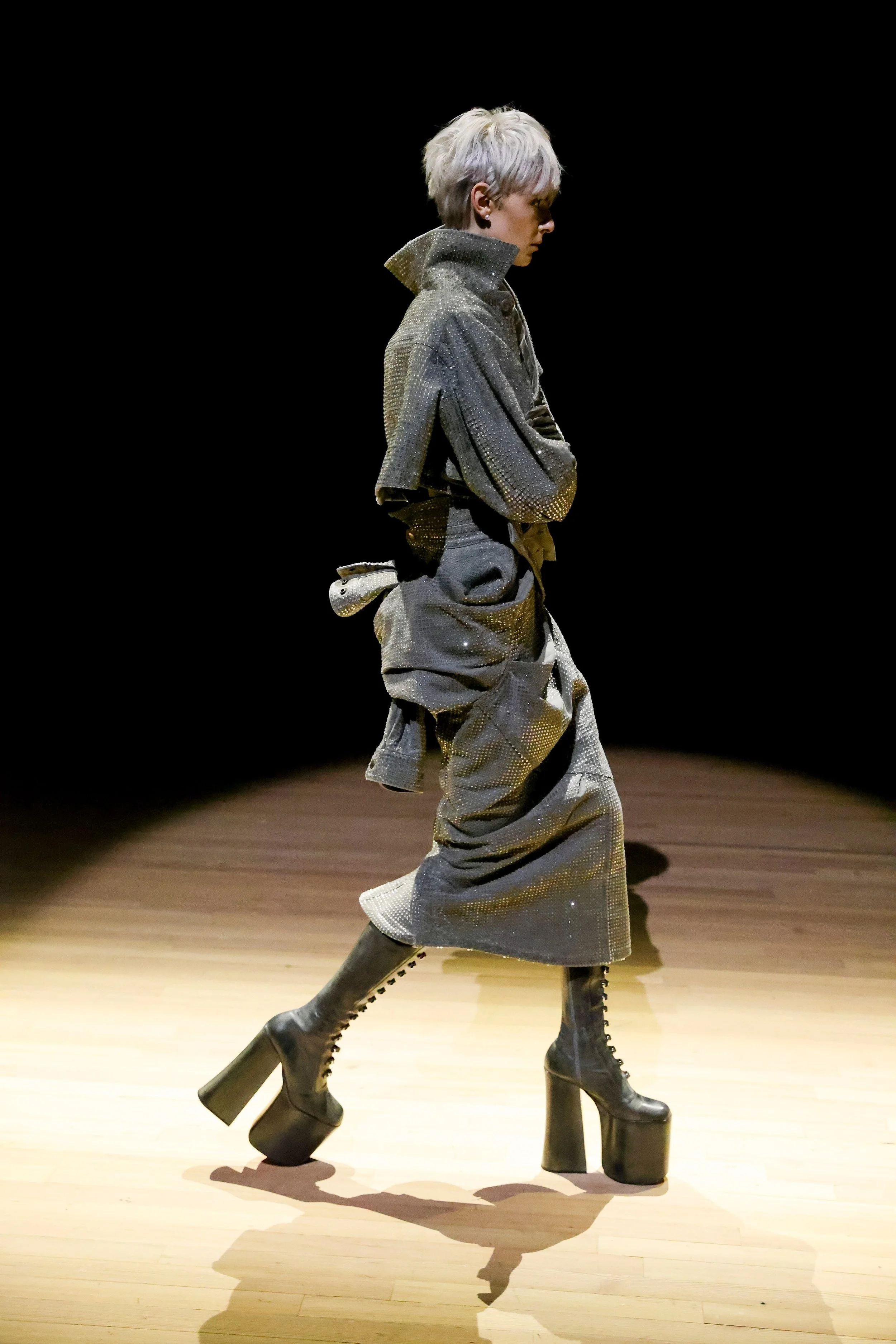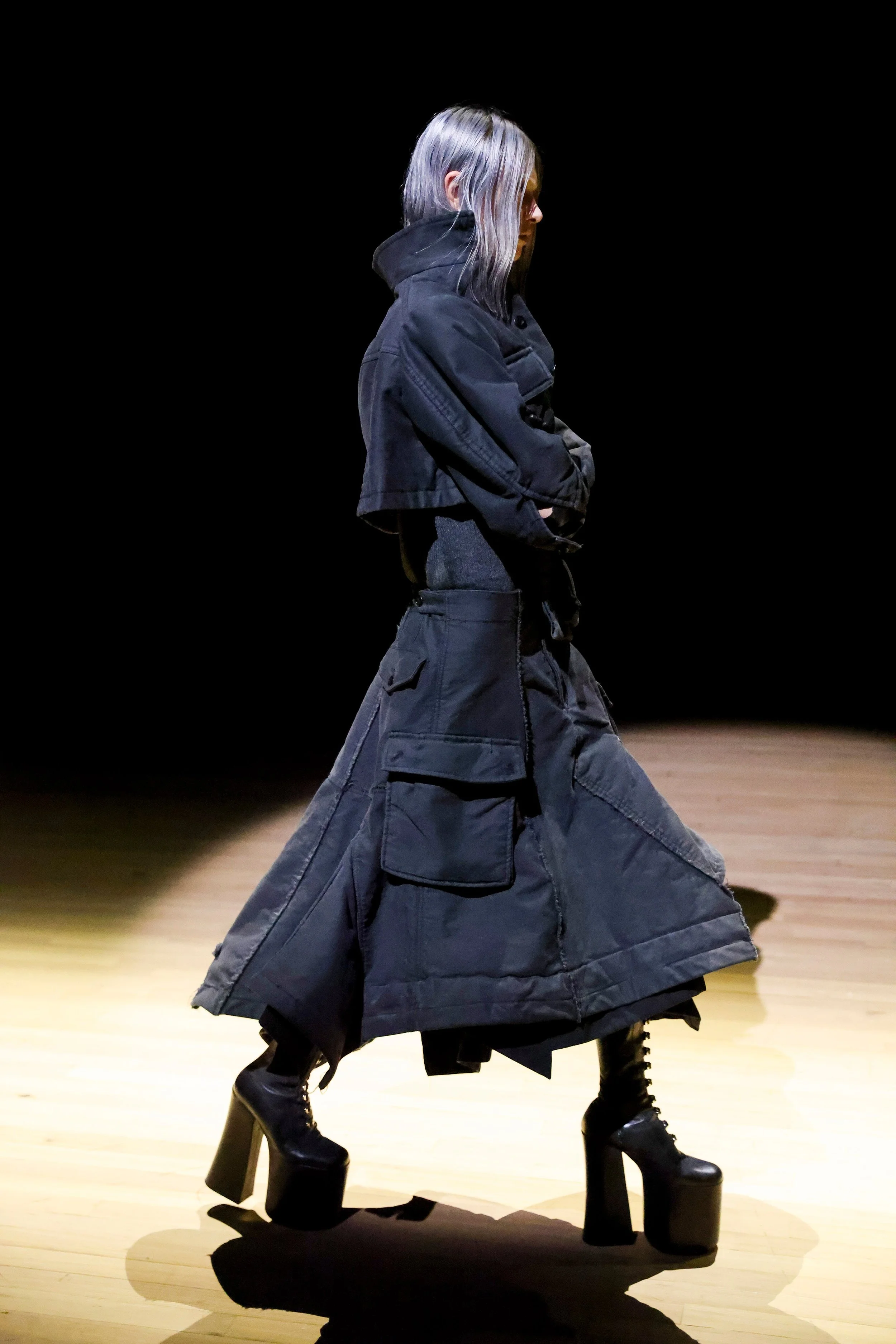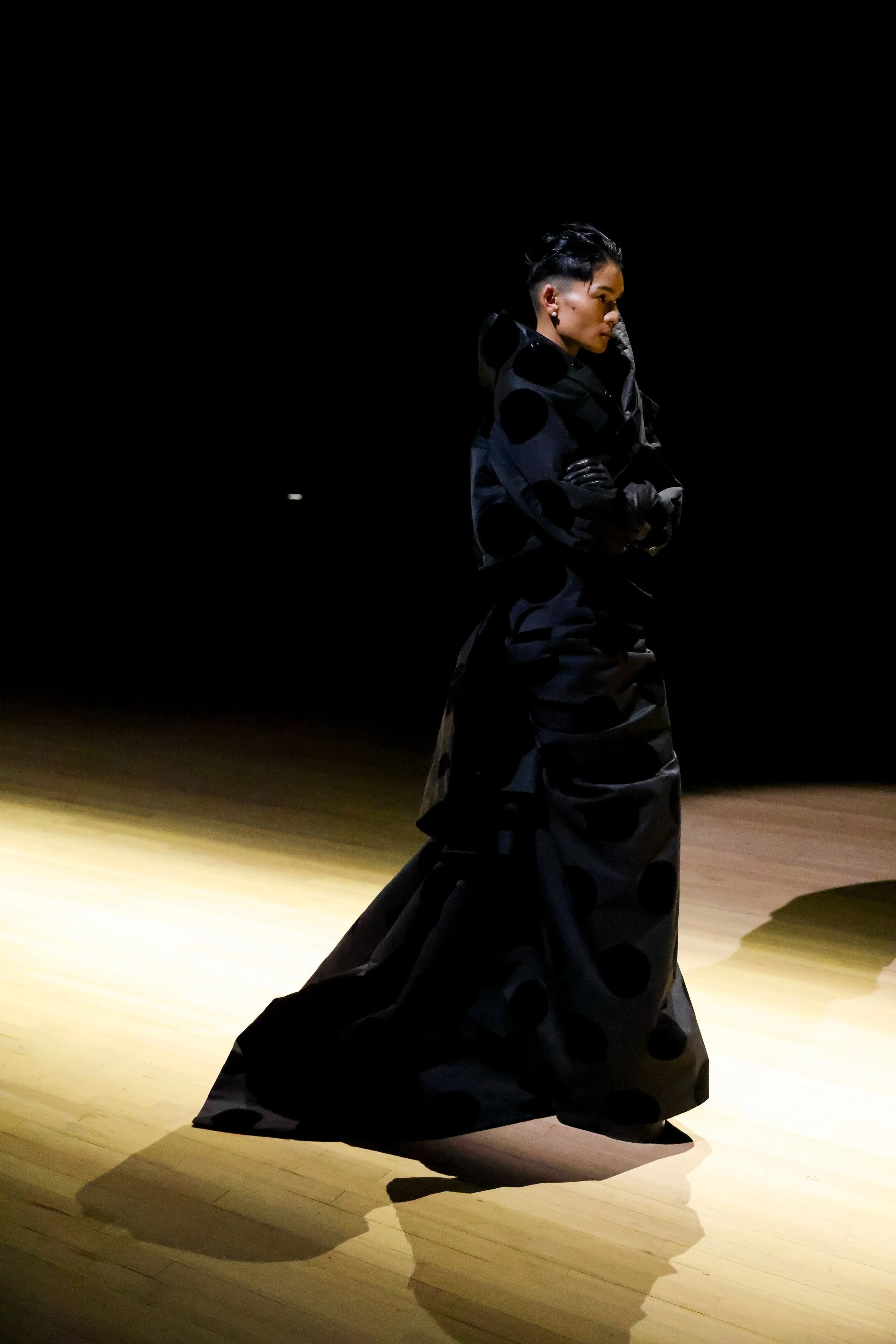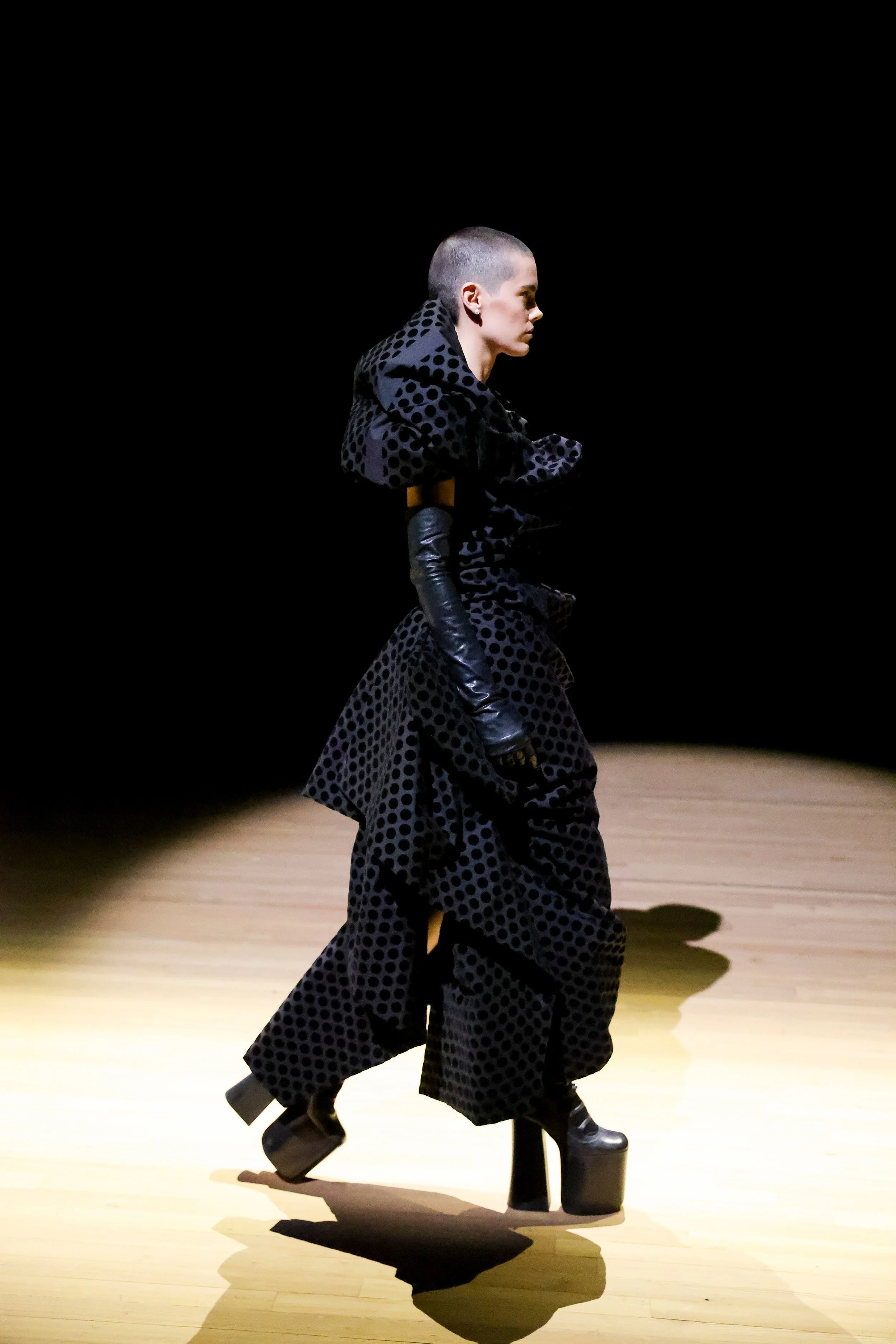Happy Birthday Marc Jacobs! Revisit the 12 most iconic Marc Jacobs collections.
Marc Jacobs is a fashion veteran. With a career spanning four decades, the designer started developing his eponymous label in 1984, becoming a fiercely independent driving force across the fashion industry, bringing a new feeling to American fashion. Ushering grunge references, alongside inspiration from the New York club kid scene, Jacobs and his talent soared towards becoming America’s most exciting designer, later leading him to Paris and being appointed Louis Vuitton’s Creative Director in 1997.
With Paris at the heart of his inspiration, the designer dared to dream and create collections for the French fashion house that inspired a new movement of confident glamour, pulling references from his rich rolodex of experiences. He ushered in an era of the ever-increasing influence of fashion onto culture, and popular culture - his work referenced and utilised in multiple films, books and songs. His tenure lasted for 17 years with his exit in 2014, leaving a heavy stamp on collections and designs that are still being referenced today.
Looking back at his best fashion moments, Perfect celebrates Marc Jacobs in all of his glory, and looks further into the past, present, and future of the creative maverick.
Marc Jacobs Autumn/Winter 2006.
Going back to his love for grunge and mixing references of subcultures he has come in contact with, Marc Jacobs revisited his earlier work with this collection, and brought together a biographical love letter of what he loves most - observing the archetypes of people around him.
Louis Vuitton Spring/Summer 2001.
The Spring/Summer 2001 collection for Louis Vuitton was one of the first examples of Jacobs’ detailed construction of characters, and their story. Bringing out models playing as porters with heaps of luggage trunks and cases, the collection revisited an exploration of uniform - epaulettes, naval caps, with the ultra-glamour of the Y2K in the face of low-slung skirts, mixed in with 80s punk for good measure.
Marc Jacobs Autumn/Winter 2012.
With an enormous set, constructed by artist Rachel Feinstein, this broken paper castle represented Marc Jacobs’ exploration of the French Revolution, through the eye of eccentricism. Oversized mink hats met pilgrim shoes, in volumes of past-meets-present off-kilter glamour.
Louis Vuitton Spring/Summer 2008.
Dubbed as the iconic Nurses collection, SS08 was imagined alongside self-referential artist Richard Prince, inspiring the opening of twelve of the biggest supermodels in the face of Naomi Campbell, Nadja Auermann and Eva Herzigova dressed in see-through coats, and mesh face masks, alongside a collection that was a colour injection of eclecticism and fun, inspired by the designer’s love for SpongeBob, witnessed in his bow carrying a small Louis Vuitton trunk, with a screen attached playing his favourite show.
Marc Jacobs Autumn/Winter 2016.
A collection filled with references towards the beginning of Jacobs’ obsession with punk, this season had it all - Beetlejuice, Lady Gaga, Christina Ricci and a beautiful nod towards exploration of previous archetypes presented in the most heartfelt way. Debuting his now iconic Kiki boot for the first time, the electrically punk energy of this collection is referenced continuously seven years later within street style.
Louis Vuitton Spring/Summer 2011.
In 2011, Marc Jacobs brought together Susan Sonntag’s essay on Camp, long before it was used as the theme behind the Met Gala in 2019, ushering a trip down memory lane to his very first work experience with designer Kansai Yamamoto. Animal prints, sequins, bold metallics and striped silks all electrified this collection, ushering for fashion to go back to glamour, after the turn to minimalism across catwalks following the 2009 recession.
Louis Vuitton Autumn/Winter 2011.
This collection came as the idea of obsession, devotion and instinct to Marc Jacobs. Inspired by a conversation about people’s fascination towards the taboo, kink and the forbidden, the designer created a dark fairytale, inspired by the 1974 film The Night Porter, an erotic classic of the 1970s. The collection’s silhouettes were passionately structured - dark green coats, embellished with fur trims on the sleeves and a hardcore hourglass corset-like structure, met with porter hats, affixed on the side with golden masks, play upon the duality of the human shadow.
Louis Vuitton Autumn/Winter 2012.
Already a pro in creating a movie-esque spectacle on the runway, Marc Jacobs set out to create an old-fashioned train car with a fully operational steam engine, pulling into the catwalk. A spectacle indeed. The collection revisited the wanderlust passion of the designer into a darker and more exotic feeling - oversized leather coats revealing embellished and embroidered dresses with the inclusion of the MJ hat, a staple explored in both of his collections that season, here seen with fur trimmings and an added sense of darkness.
Louis Vuitton Spring/Summer 2013.
Out of many Marc Jacobs shows that continue to be referenced across culture, this is the one that we continue to see religiously across moodboards. In the tradition of morphing into character, Marc Jacobs brought out dual-vision of pops of bright chartreuse and mod 1960s silhouettes, checkered and arranged in careful manner, with his SS13 collection for Louis Vuitton. With a set design that has become infamous across fashion, with models appearing onto an oversized escalator, this collection came to the designer by exploring the work of artist Daniel Buren and his installation piece at the Palais Royal titled Les Deux Plateaux.
Louis Vuitton Spring/Summer 2014.
In a sombre climax, Marc Jacobs’ last collection for Louis Vuitton was a bittersweet love-letter to all of the archetypes of women that have touched and continued to inspire him during his 17 year tenure. The show featured each and every element from his collections a the luxury Maison - the escalator, the train, the fountain, the hotel corridors and the overall evidence of impeccable brilliance and rare talent. The collection also explored the designers that have inspired him in the face of Coco Chanel, Miuccia Prada and Rei Kawakubo, in an amalgamation that is purely Jacobs.
Marc Jacobs Autumn/Winter 2018.
Proving over and over again why he is New York’s most excitable gem, Marc Jacobs’ passion can be witnessed in his display of thinking. Exuberating the 1980s, and fashion’s fascination with revisiting the past, the designer brought forward a level of structure and cocooning that reminds us of the past, whilst keeping our eyes straight into the future. Confident hues in vibrant reds, greens and blues, matched with even more confident padded and structured silhouettes came forward for a futuristic fashion renaissance.
Marc Jacobs Spring/Summer 2023.
Staging his first physical show in three years, Marc Jacobs was officially back at the Park Avenue Armory venue. Writing a visually beautiful love-letter to Vivienne Westwood, one of his continuous inspirations and Jacobs’ enamour with her fearless energy. Westwood died in December 2022 at the age of 81, and the designer honoured her in his way of showcasing the years of inspiration and courage she has given him to “demand the impossible”. The many references seen across the knitwear, or the nods towards the volumes of tartan, and the feeling of personality echoed a brilliance of craft, honouring a hero that has led Jacobs towards becoming one of fashion’s best talents.
